Some anime hit so hard that they linger long after the credits. These stories dig into grief, trauma, and moral collapse in ways that are hard to shake. Expect heavy themes, disturbing imagery, and endings that do not tie things up neatly. Here are powerful titles that many viewers find emotionally devastating.
‘Grave of the Fireflies’ (1988)
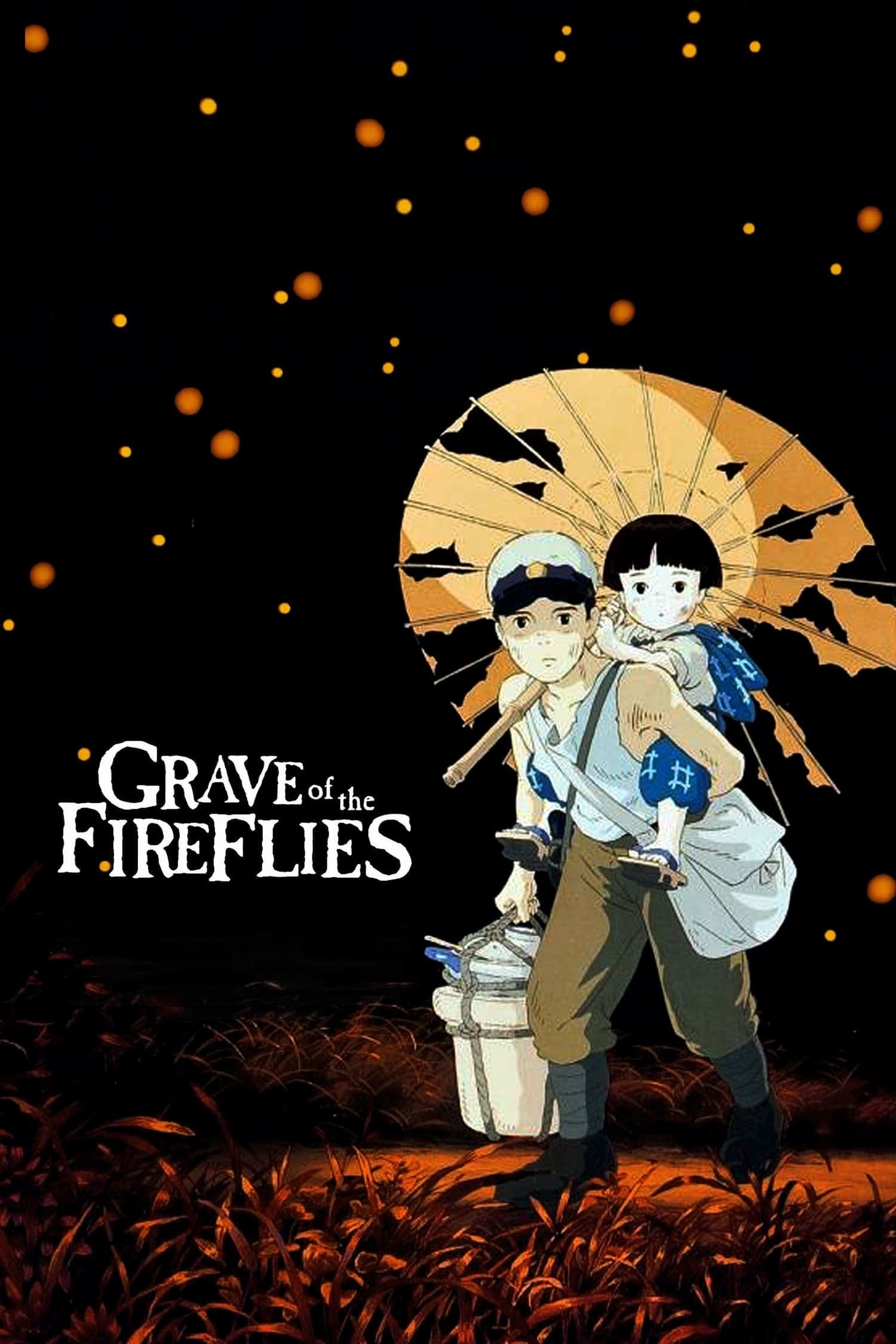 Studio Ghibli
Studio GhibliThis film follows two siblings struggling to survive in wartime Japan. It depicts starvation, displacement, and the collapse of family support. Historical details ground every scene in real civilian hardships. The story is frequently used in classrooms to illustrate the human cost of war.
‘Neon Genesis Evangelion’ (1995–1996)
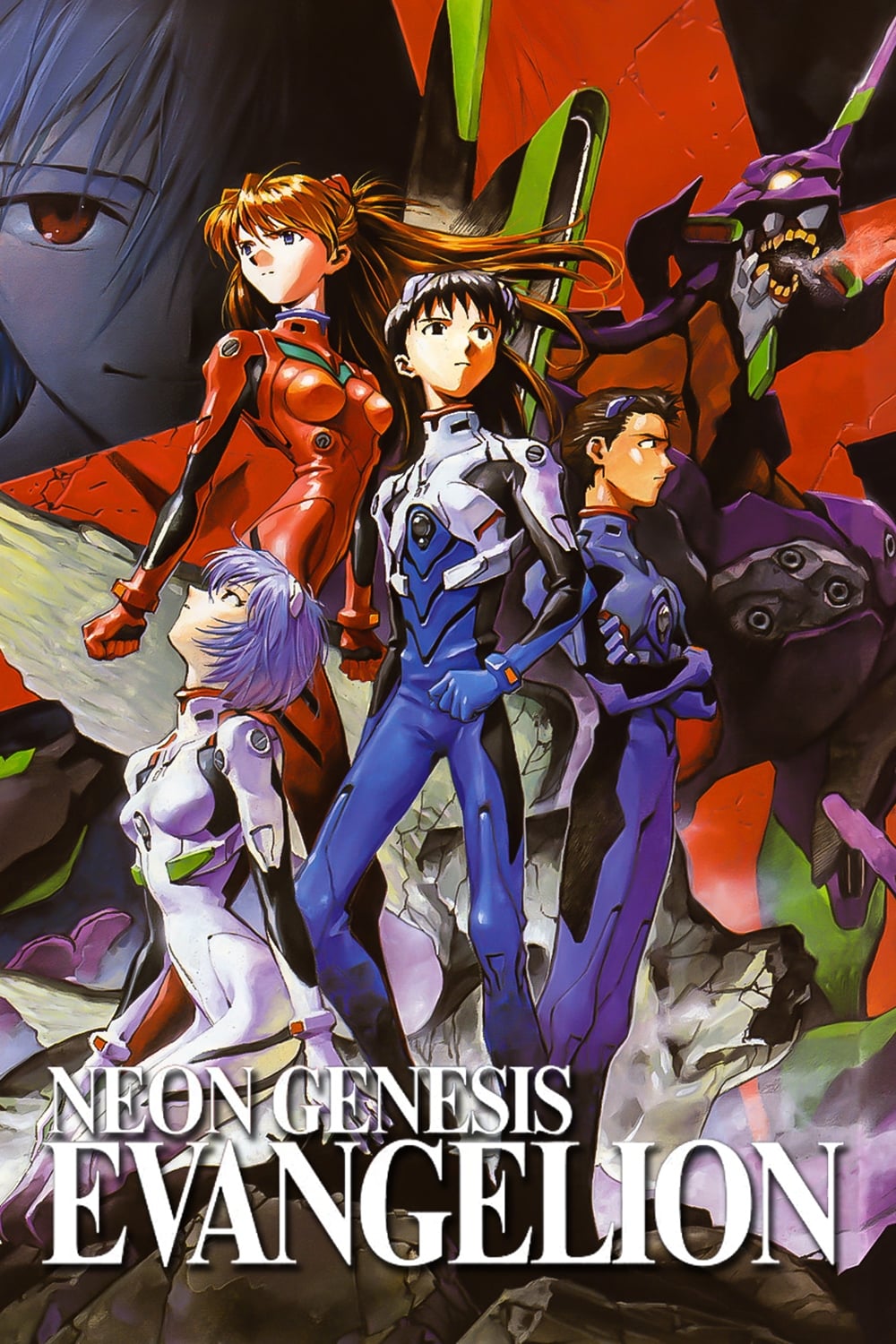 GAINAX
GAINAXThis series mixes mecha action with clinical depression and identity breakdown. It uses religious imagery and psychological terminology to map characters’ inner states. Production notes show episodes shifting format to reflect mental collapse. The final chapters focus on instrumentality and selfhood.
‘Berserk’ (1997–1998)
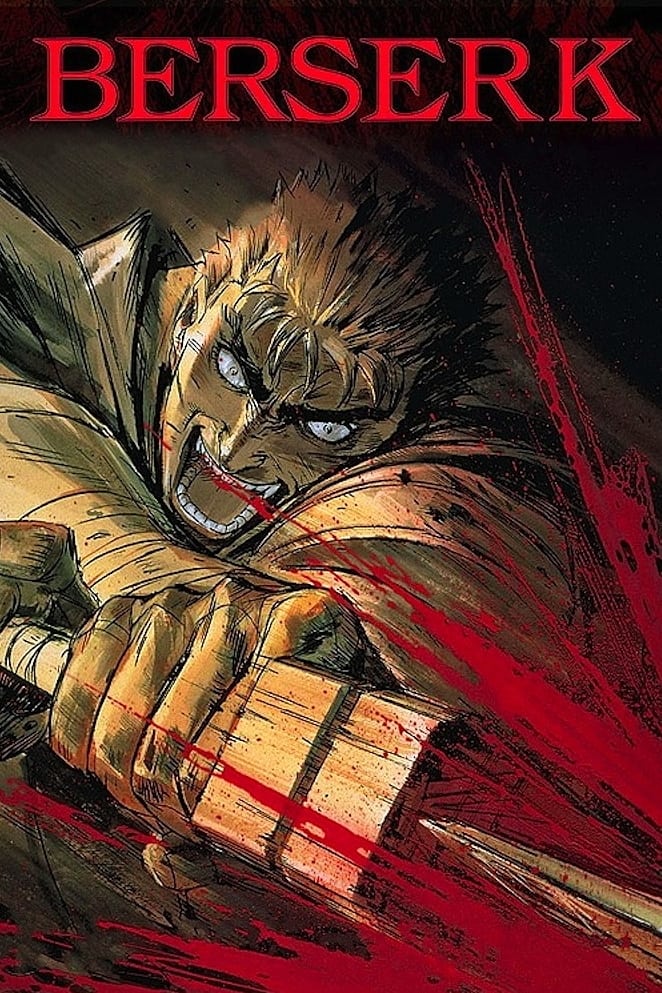 OLM
OLMThis adaptation covers the Golden Age arc of the manga. It presents graphic violence, betrayal, and severe trauma. Medieval warfare and power struggles drive the plot toward the Eclipse event. The ending leaves major consequences for every surviving character.
‘Made in Abyss’ (2017–)
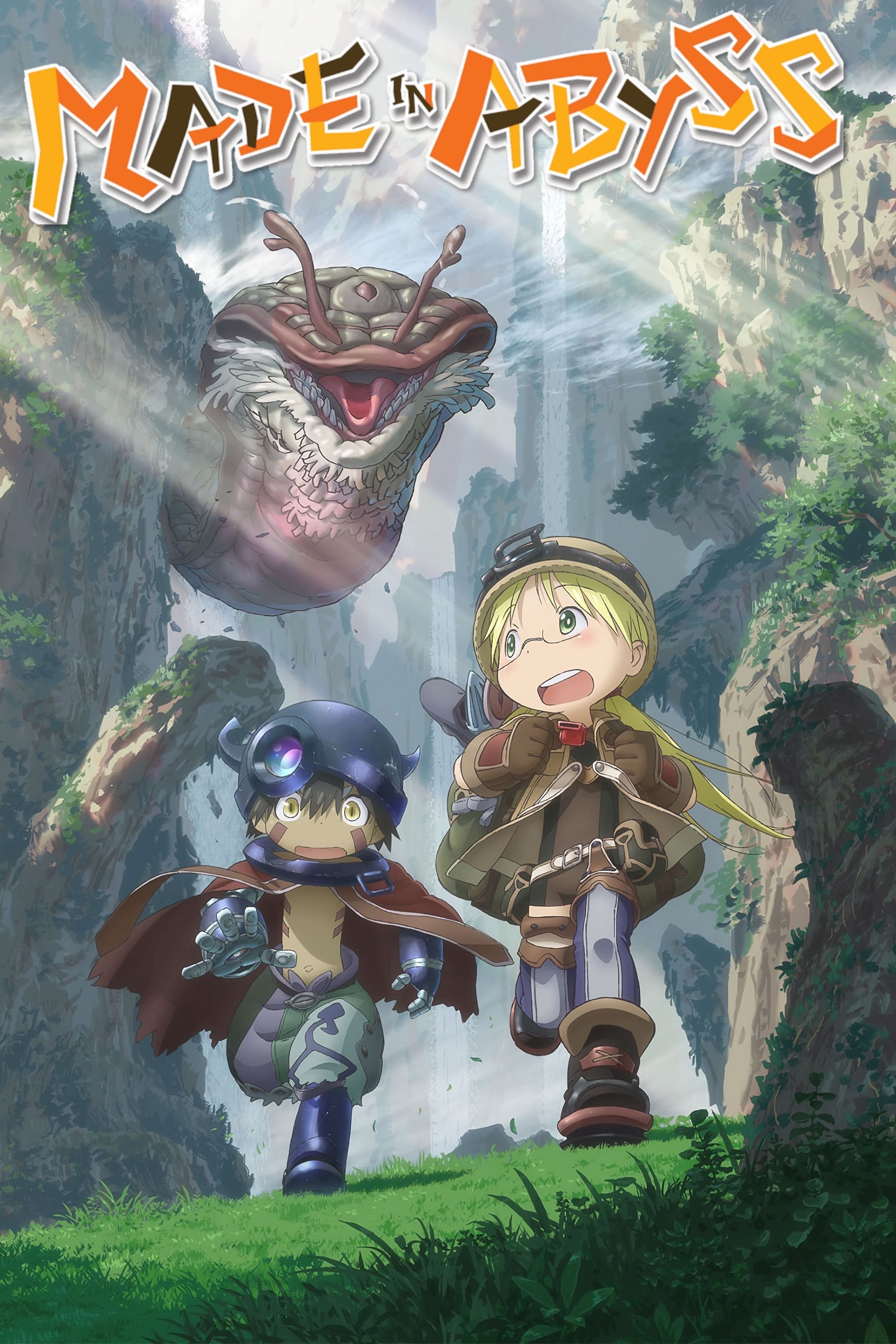 Kinema Citrus
Kinema CitrusThis series explores a vast pit with ascending physiological and psychological costs. Cute character designs contrast with invasive body horror and medical distress. The world uses layered ecology and relic systems to justify expeditions. Later arcs study exploitation and the ethics of discovery.
‘Devilman Crybaby’ (2018)
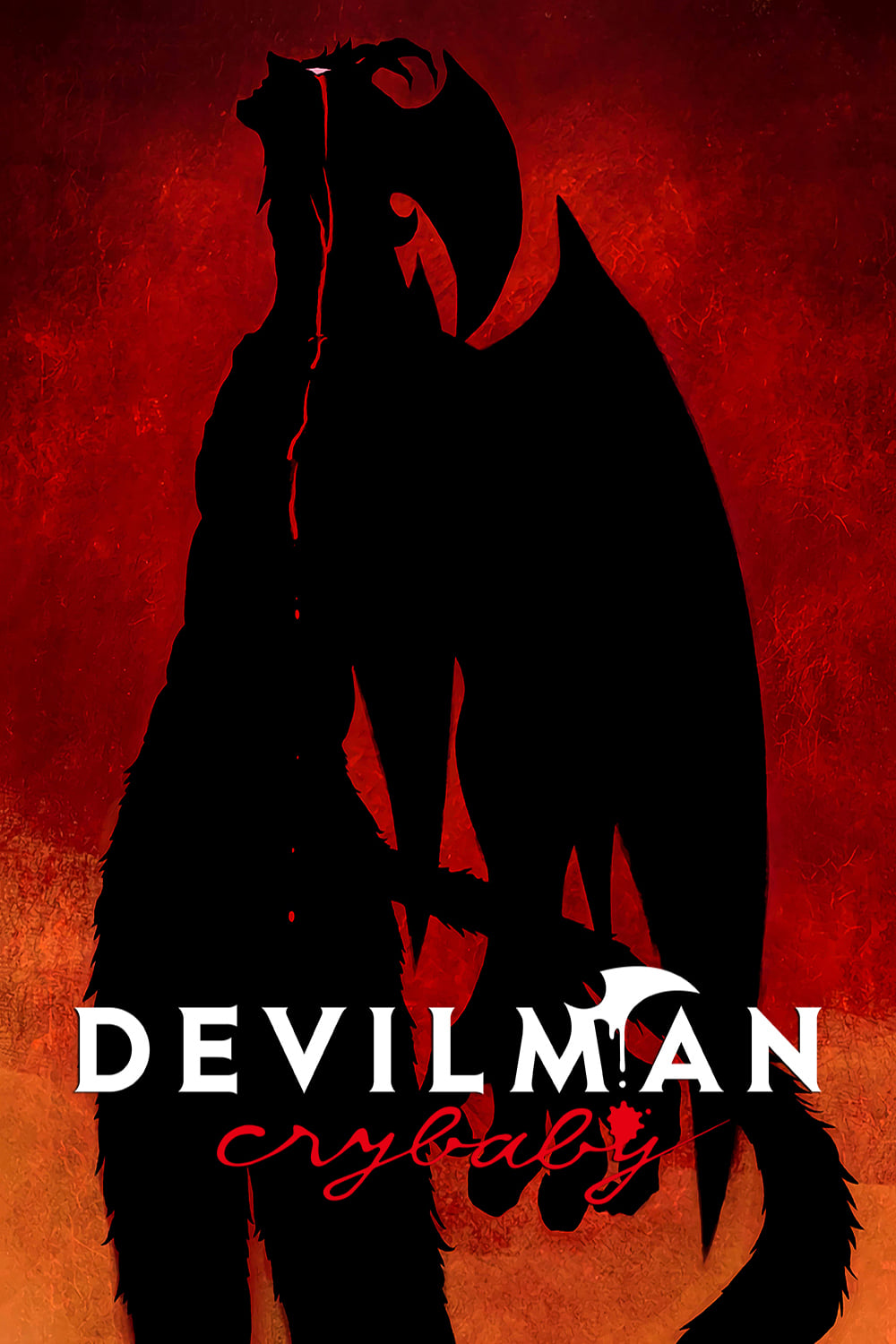 Science SARU
Science SARUThis reimagining sets demonic possession inside modern social media culture. It documents mass hysteria and escalating violence in urban settings. Character transformations reflect moral panic and prejudice. The final episodes depict global collapse and personal tragedy.
‘Perfect Blue’ (1997)
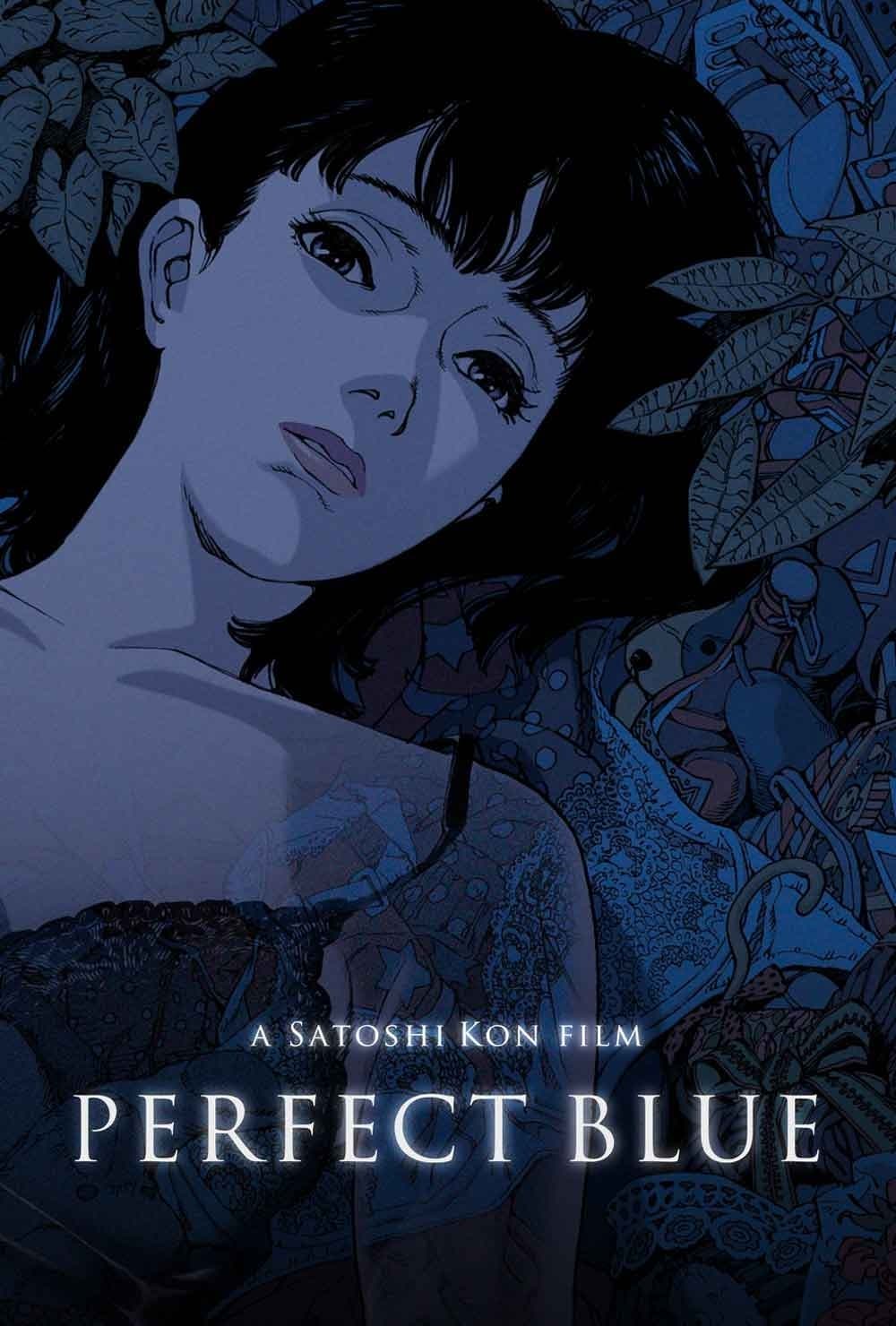 Asahi Broadcasting Corporation
Asahi Broadcasting CorporationA former idol enters acting and faces stalking and identity confusion. The film blurs scenes between performance and reality. It tracks media exploitation and privacy invasion with close camera work. The narrative structure uses unreliable perspective to show dissociation.
‘Texhnolyze’ (2003)
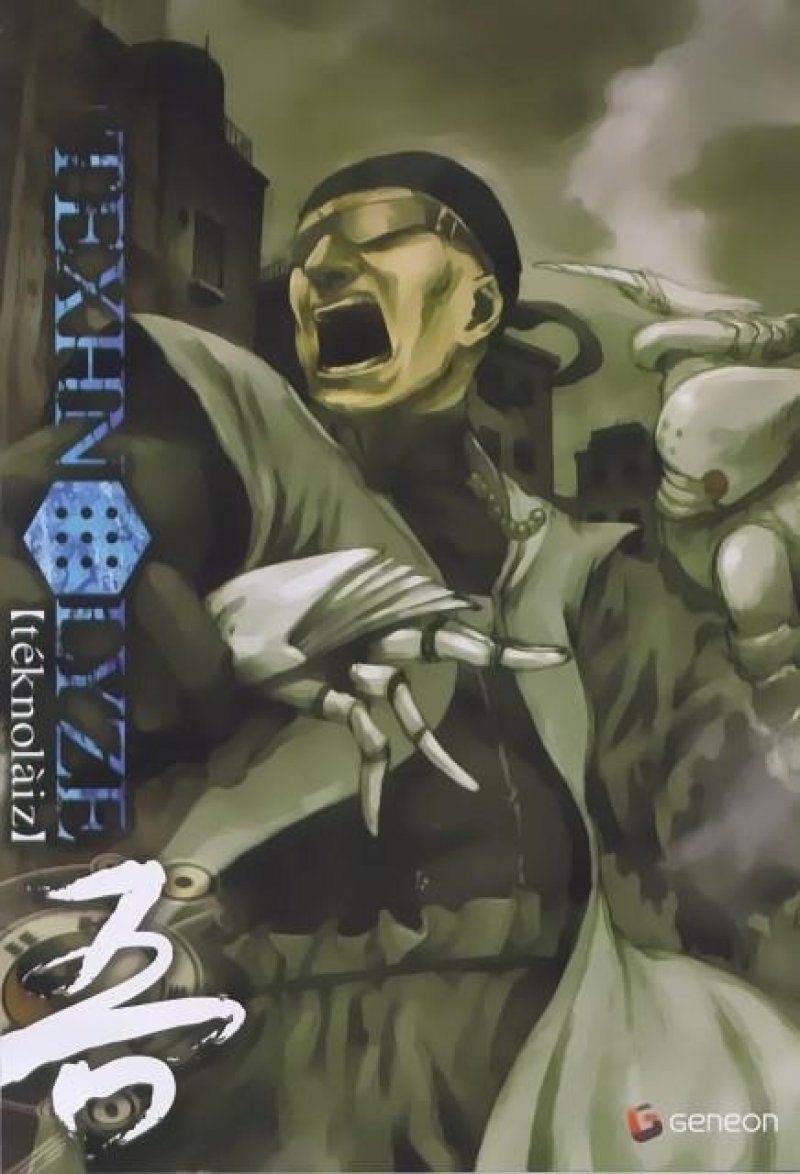 Madhouse
MadhouseSet in a decaying underground city, this show studies gang politics and bio tech augmentation. Dialogue is sparse and long scenes emphasize isolation. Power factions fight over a resource called texhnolyzation that replaces limbs. The finale examines extinction and meaninglessness.
‘Now and Then, Here and There’ (1999–2000)
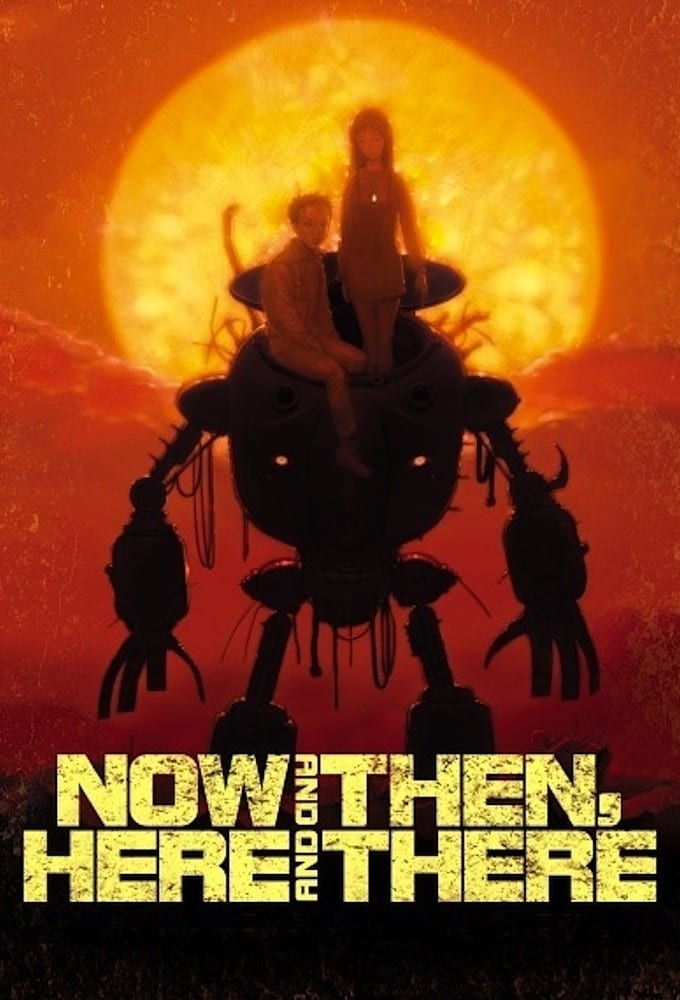 Anime International Company
Anime International CompanyA boy is transported to a war torn future where water scarcity drives conflict. It shows child soldiers, torture, and systemic abuse. The story outlines how authoritarian regimes recruit and control. Themes include survival, resilience, and the price of hope.
‘Serial Experiments Lain’ (1998)
 Pioneer LDC
Pioneer LDCA quiet student becomes entangled with the Wired and digital selfhood. The show maps surveillance, memory editing, and networked identity. Visual motifs track power lines and humming servers to suggest omnipresence. Episodes question where the self ends and data begins.
‘Flowers of Evil’ (2013)
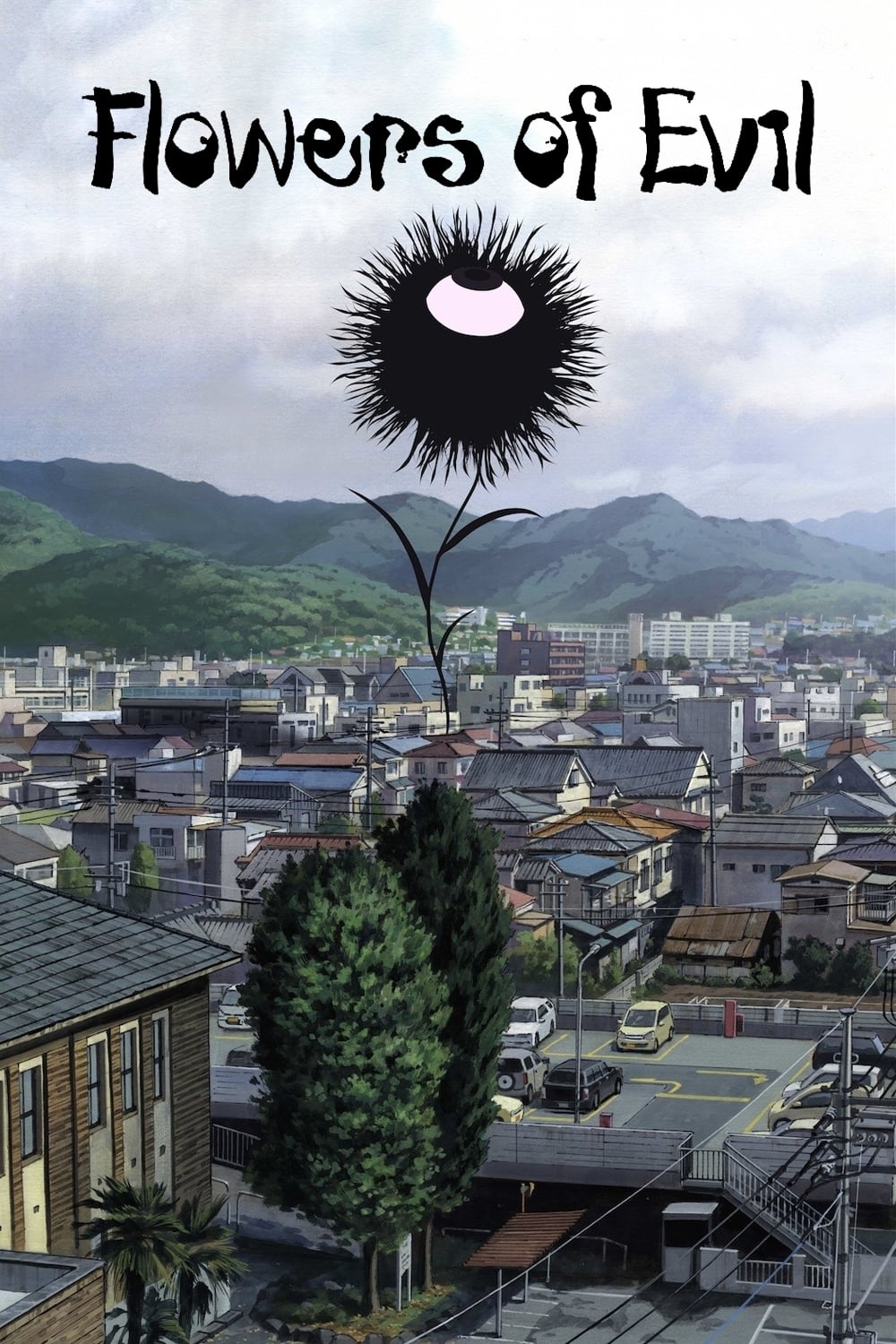 THE KLOCKWORX
THE KLOCKWORXThis rotoscoped adaptation focuses on blackmail, shame, and fixation. It follows three students whose pact spirals into vandalism and ruin. The art style reinforces discomfort with realistic movement and framing. Classroom and small town settings add social pressure.
‘Rainbow’ (2010–2011)
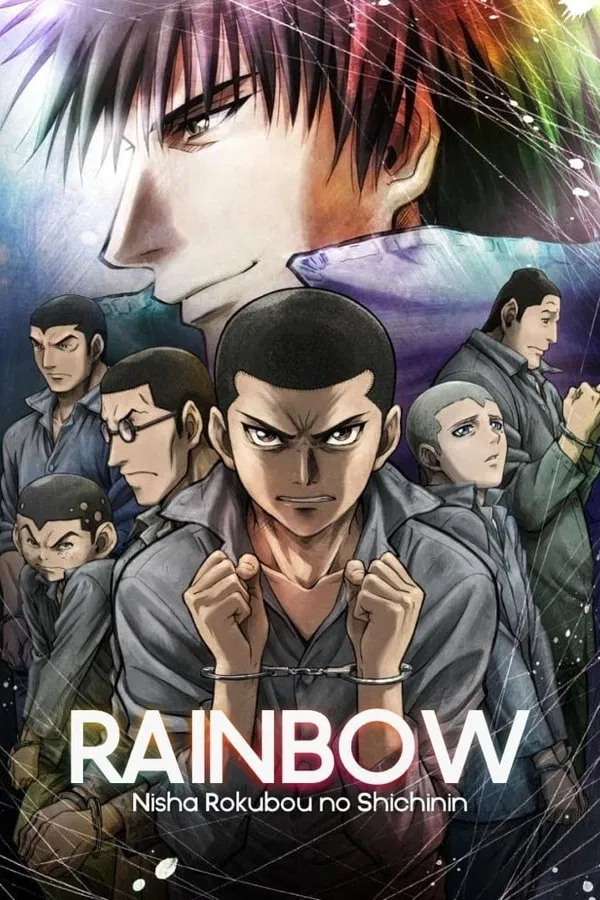 Madhouse
MadhouseSeven youths are sent to a reform school after the war. Guards and doctors carry out systematic cruelty. The series documents postwar poverty, prison abuse, and attempts at rehabilitation. Each inmate faces challenges that test loyalty and dignity.
‘Elfen Lied’ (2004)
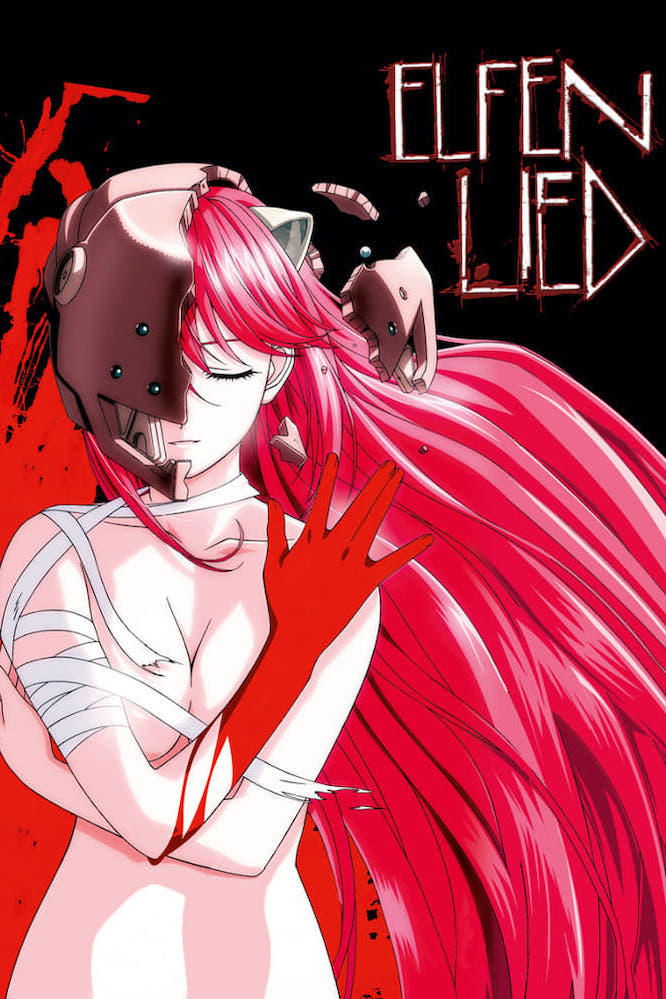 ARMS
ARMSMutant girls called Diclonius display telekinetic violence against humans. Government labs conduct illegal experiments and containment. The plot examines prejudice, memory loss, and cycles of retaliation. Graphic scenes show the costs of weaponizing children.
‘Monster’ (2004–2005)
 Shogakukan Production
Shogakukan ProductionA surgeon saves a boy who later becomes a serial killer. The story spans multiple European countries and institutions. Investigations reveal experiments in indoctrination during childhood. Questions of medical ethics and responsibility drive every arc.
‘Higurashi: When They Cry’ (2006–2007)
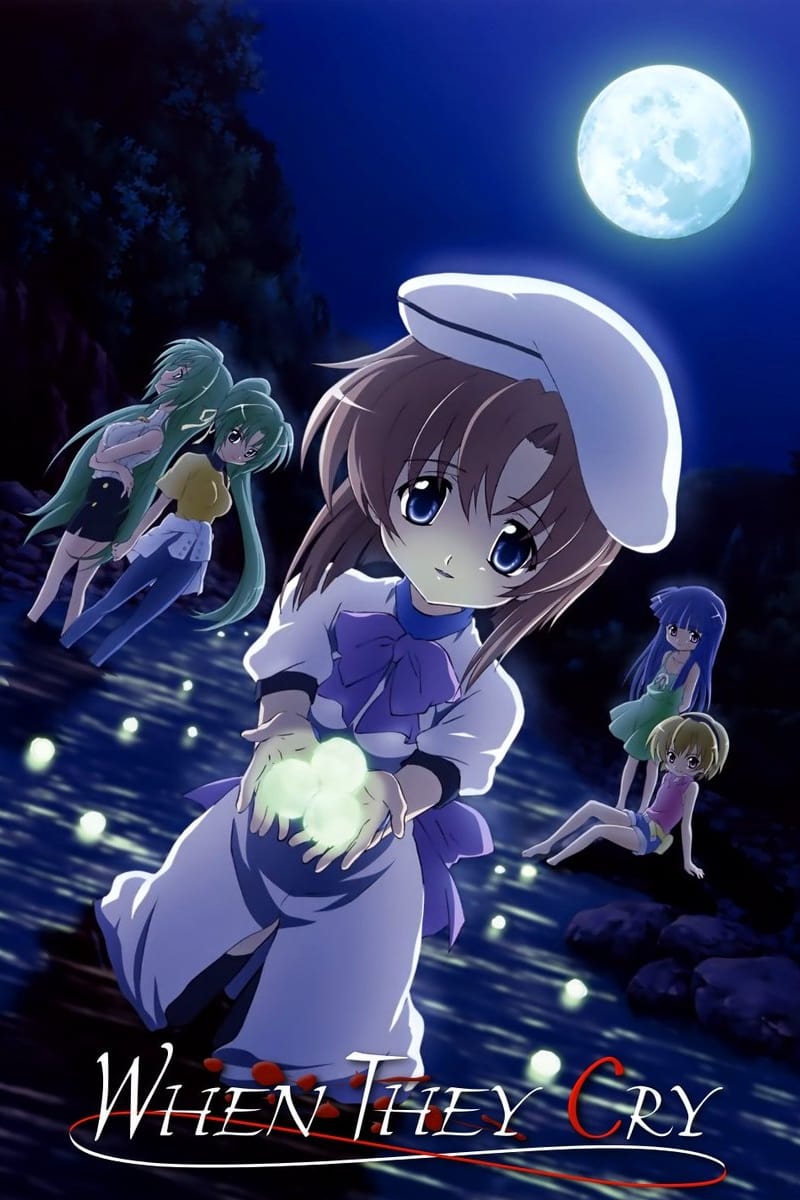 Studio Deen
Studio DeenA rural village hides violent secrets tied to a festival. The narrative loops through repeated summers with altered outcomes. Medical conspiracies and folklore shape each cycle. The structure reveals cause and effect behind the tragedies.
‘Puella Magi Madoka Magica’ (2011)
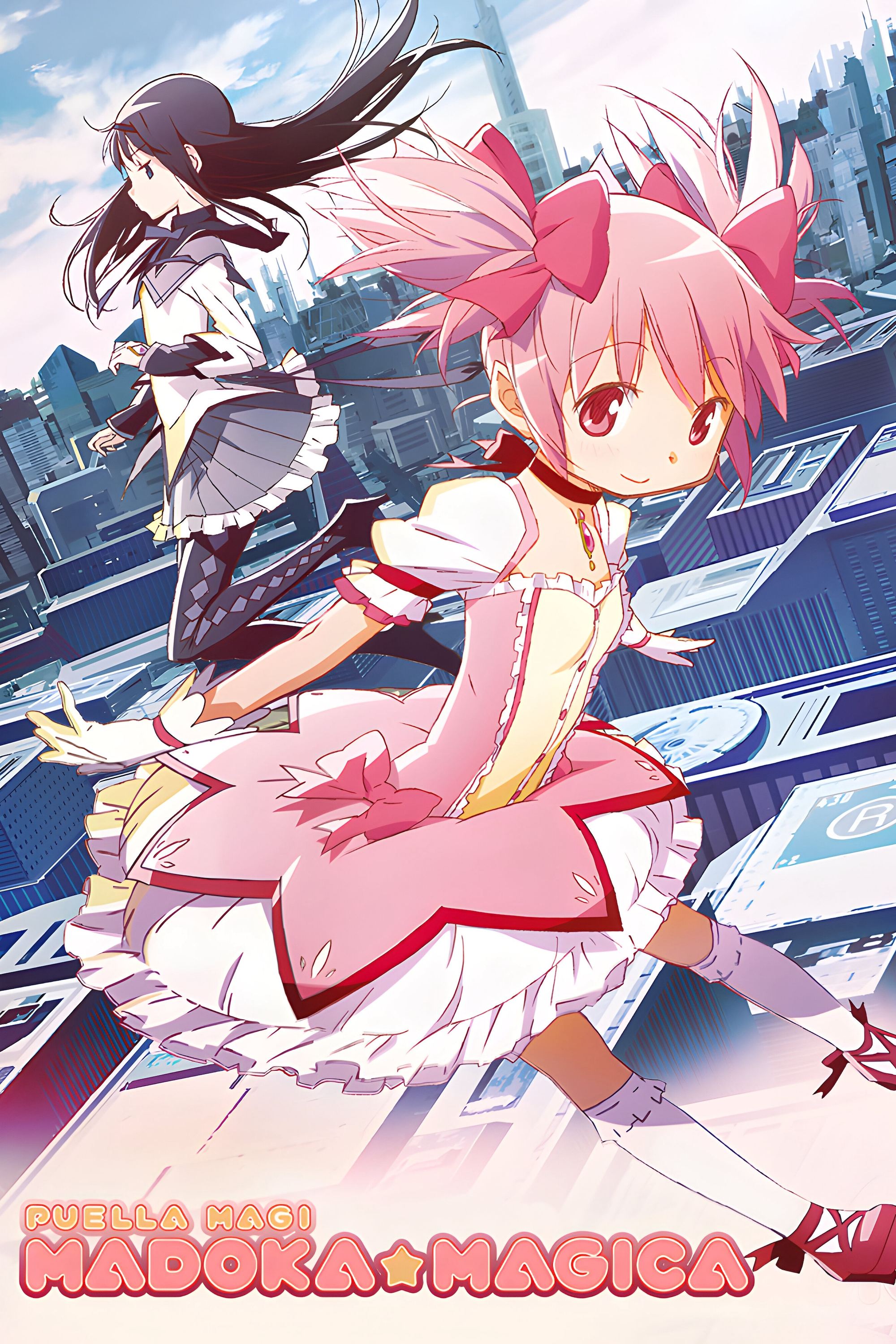 SHAFT
SHAFTMiddle schoolers make contracts that convert hope into energy. The system harvests despair to power the universe. Time travel mechanics connect repeated failures to a single choice. The series reframes the magical girl genre into cosmic horror.
‘From the New World’ (2012–2013)
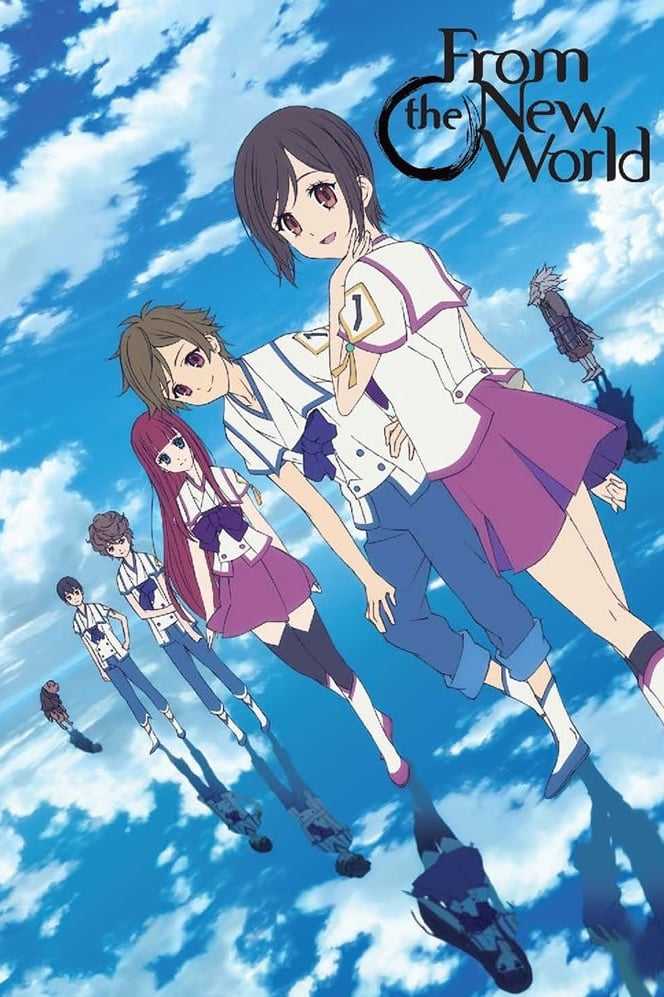 A-1 Pictures
A-1 PicturesChildren in a future society learn to control psychic abilities. Education hides a violent history of eugenics and class control. The show details bio engineered species and social contracts. Secrets about population management create moral shock.
‘Paranoia Agent’ (2004)
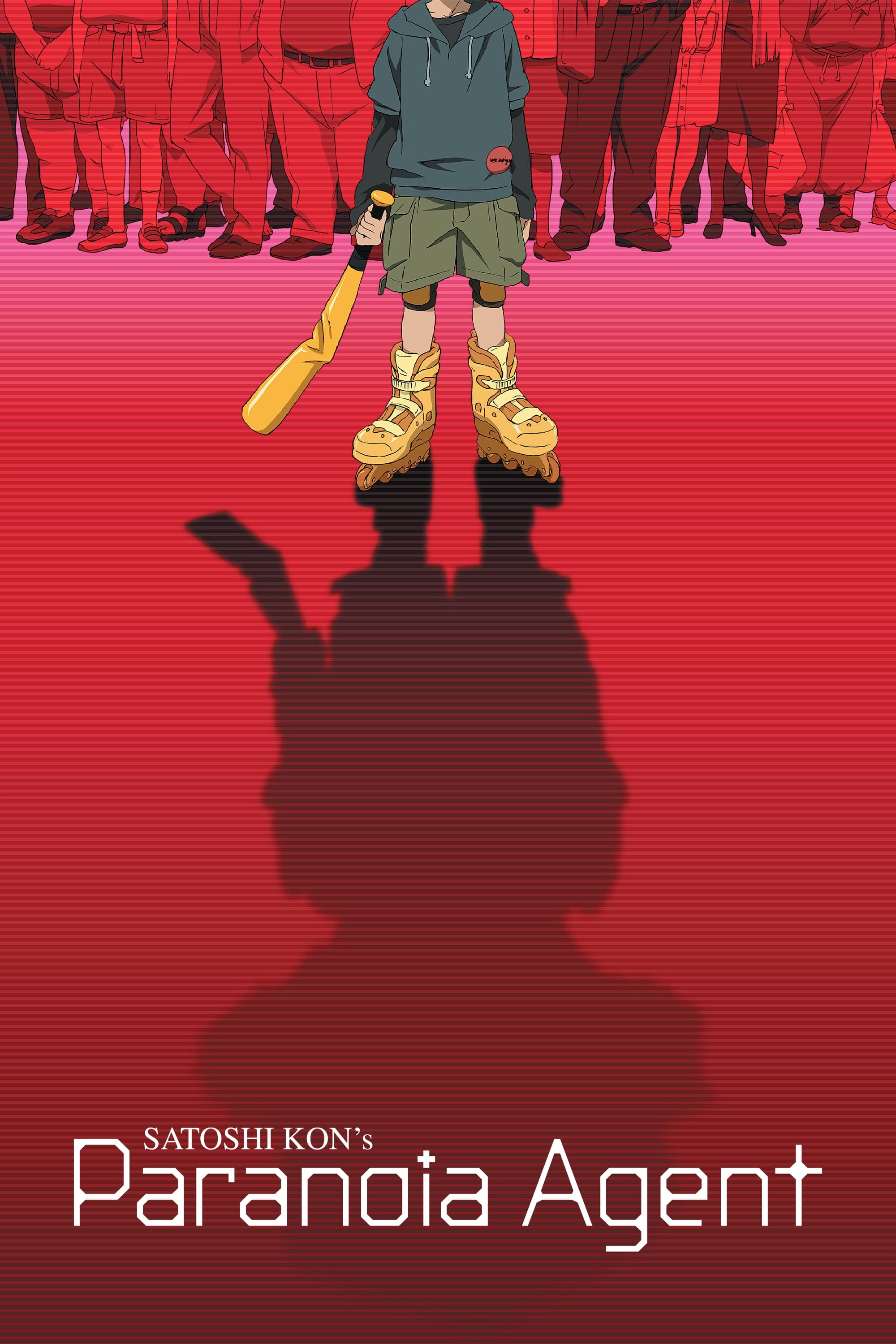 Madhouse
MadhouseA string of scooter attacks appears to target stressed citizens. Media coverage amplifies hysteria and rumor. Episodes move between victims to map collective anxiety. The final chapters link personal denial to urban collapse.
‘Boogiepop Phantom’ (2000)
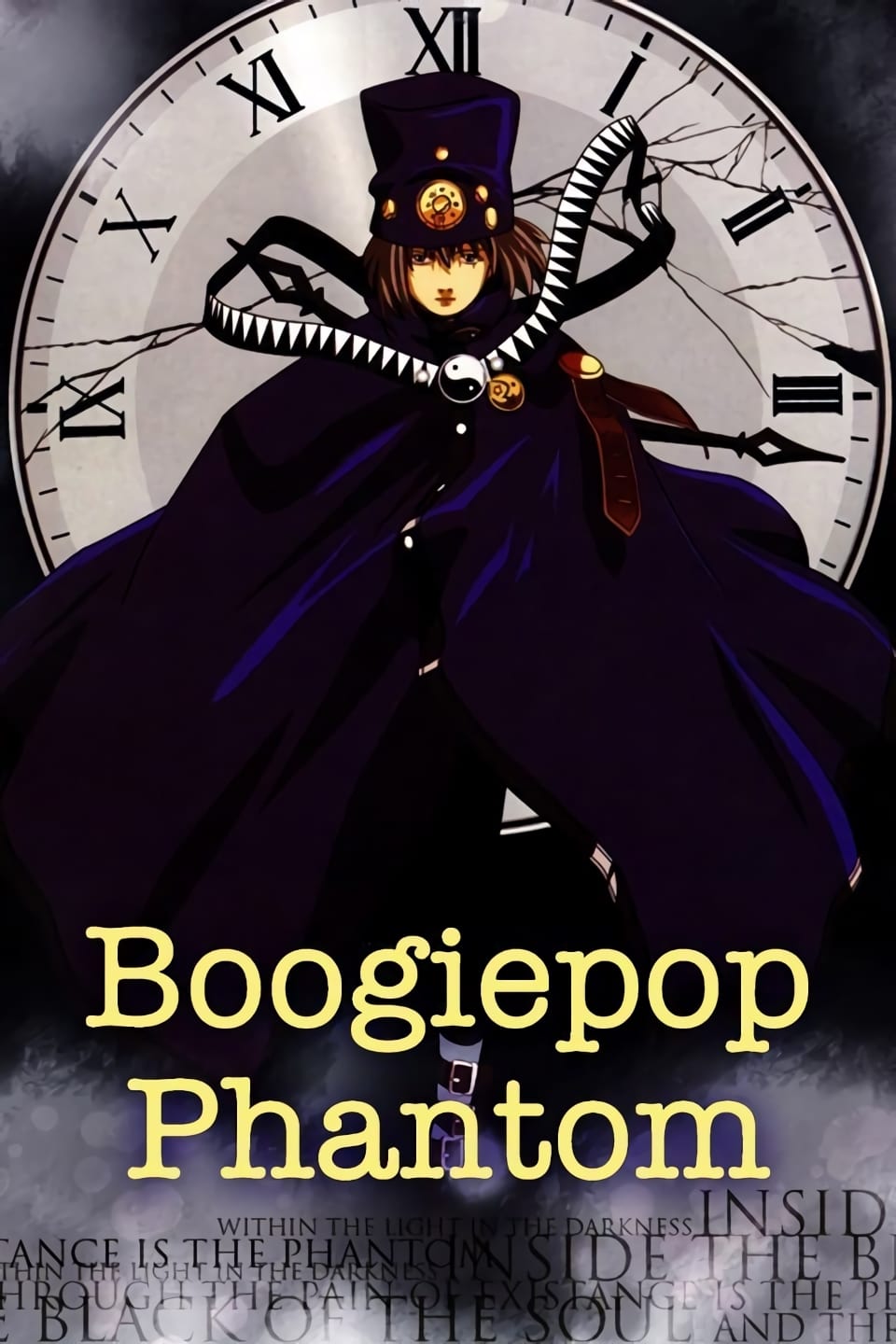 Madhouse
MadhouseA blackout night fractures time around a city. Overlapping stories share characters and unresolved trauma. Sound design and dim palettes create a constant sense of unease. Supernatural events track the aftermath of past abuse.
‘School Days’ (2007)
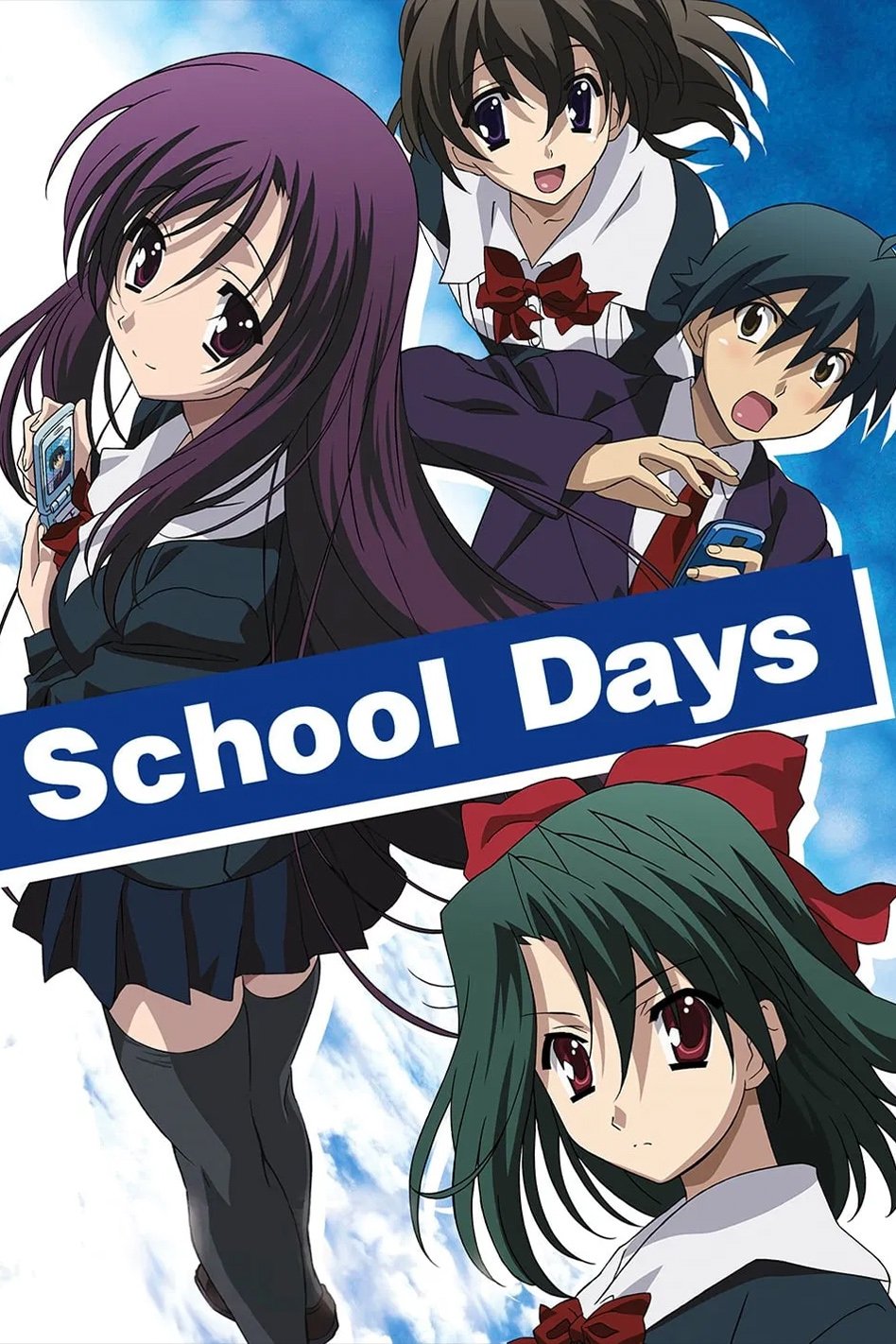 Marvelous Entertainment
Marvelous EntertainmentA high school love triangle escalates into manipulation and violence. Phone recordings and rumor play central roles in each turn. The series follows consequences of cheating and emotional neglect. The conclusion became notorious for its graphic outcome.
‘Happy Sugar Life’ (2018)
 Ezo'la
Ezo'laA teenager kidnaps a child and constructs a false home. The show documents grooming, coercion, and concealed crimes. Side characters bring their own abuse histories into the plot. The narrative examines how obsession replaces empathy.
‘Clannad After Story’ (2008–2009)
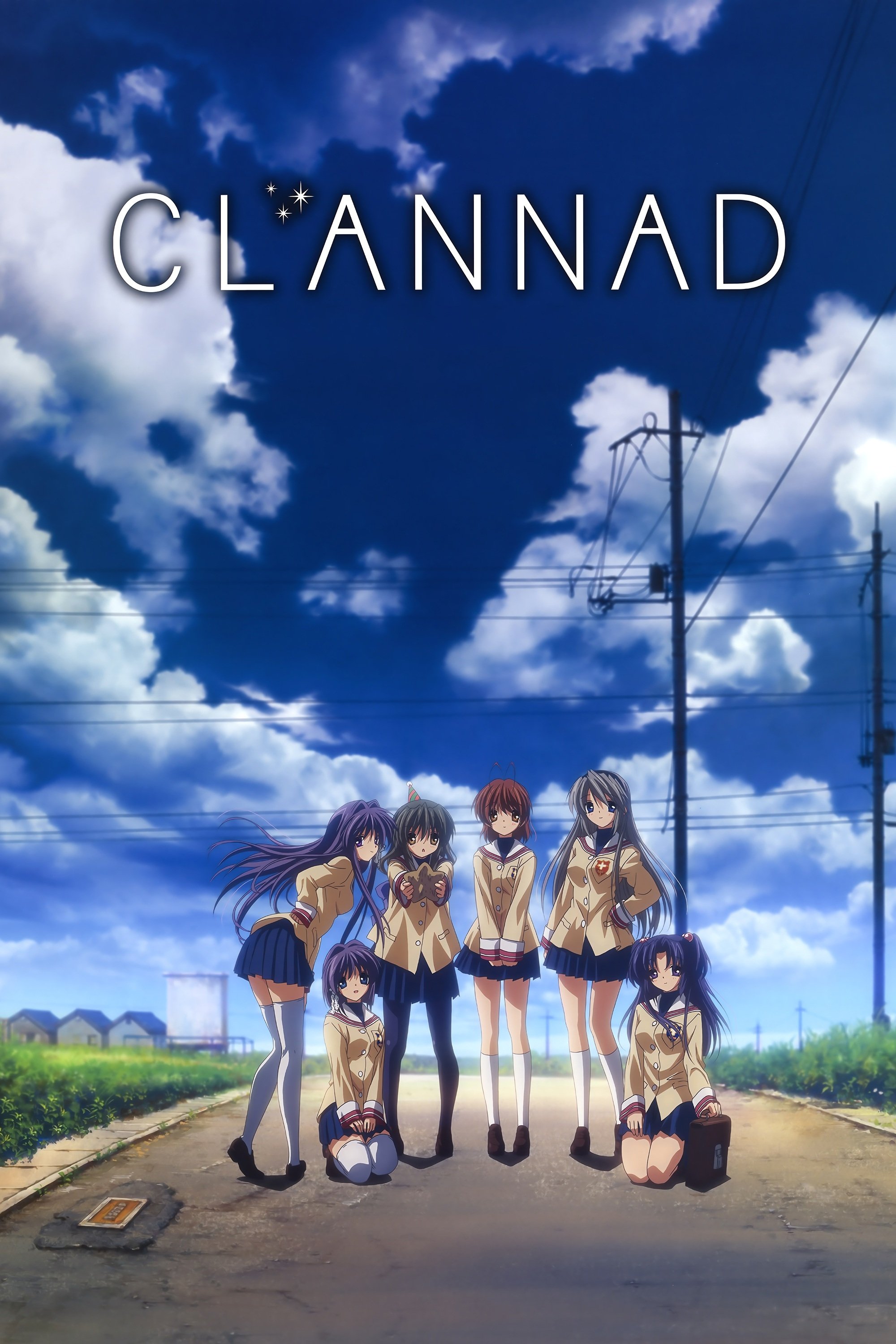 Kyoto Animation
Kyoto AnimationThis sequel follows marriage, parenthood, and illness. It depicts work hardship and small town economic strain. Family routes explore grief and reconciliation. Alternate outcomes present different paths through the same loss.
‘Your Lie in April’ (2014–2015)
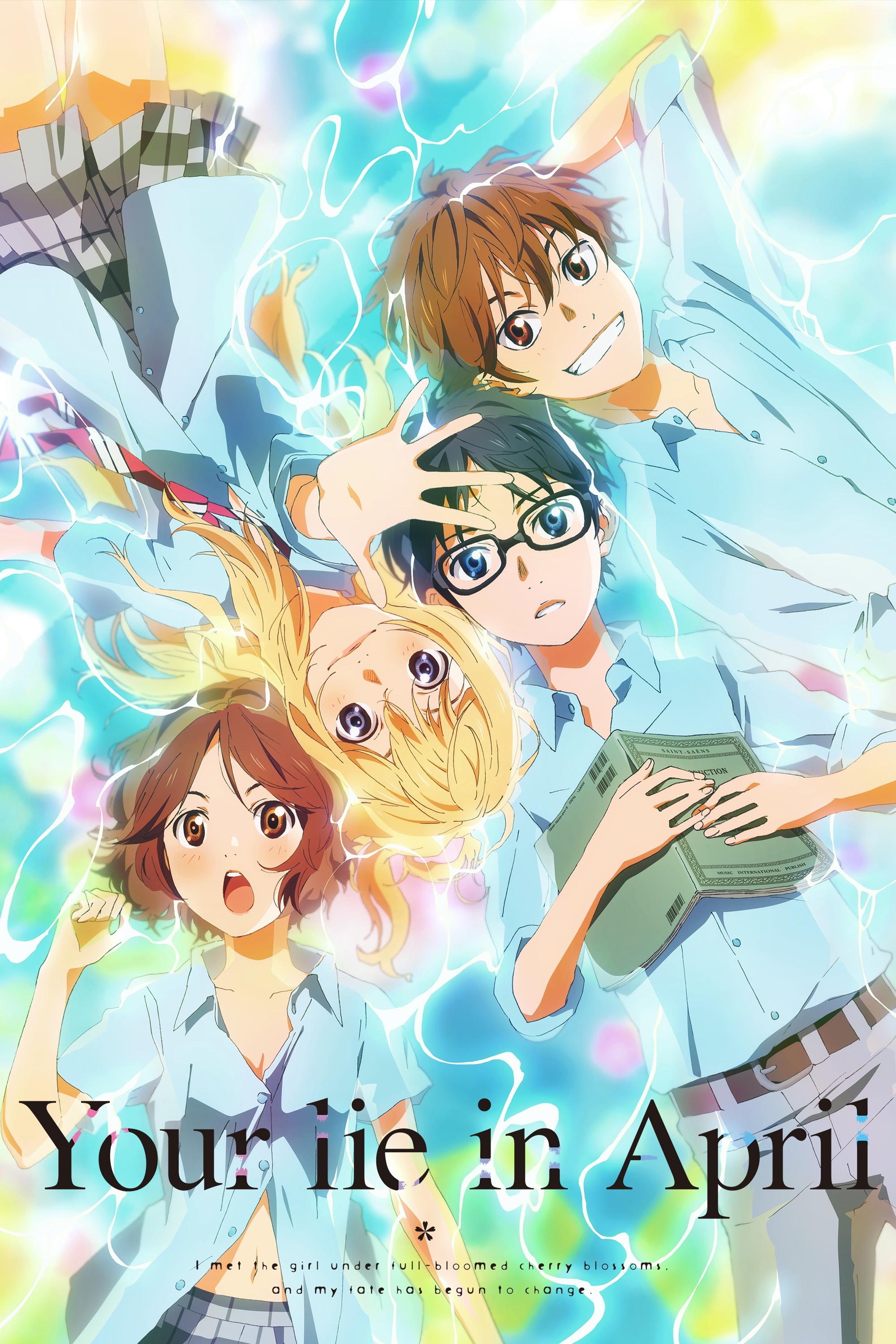 A-1 Pictures
A-1 PicturesA pianist returns to the stage after trauma. Flashbacks show parental pressure and physical abuse. Music performances track recovery and relapse. The final episodes address terminal illness and legacy.
‘AnoHana: The Flower We Saw That Day’ (2011)
 A-1 Pictures
A-1 PicturesChildhood friends reunite after a death in their group. The series maps guilt and arrested development. Each character confronts a personal coping strategy that failed. The finale focuses on confession and release.
‘A Silent Voice: The Movie’ (2016)
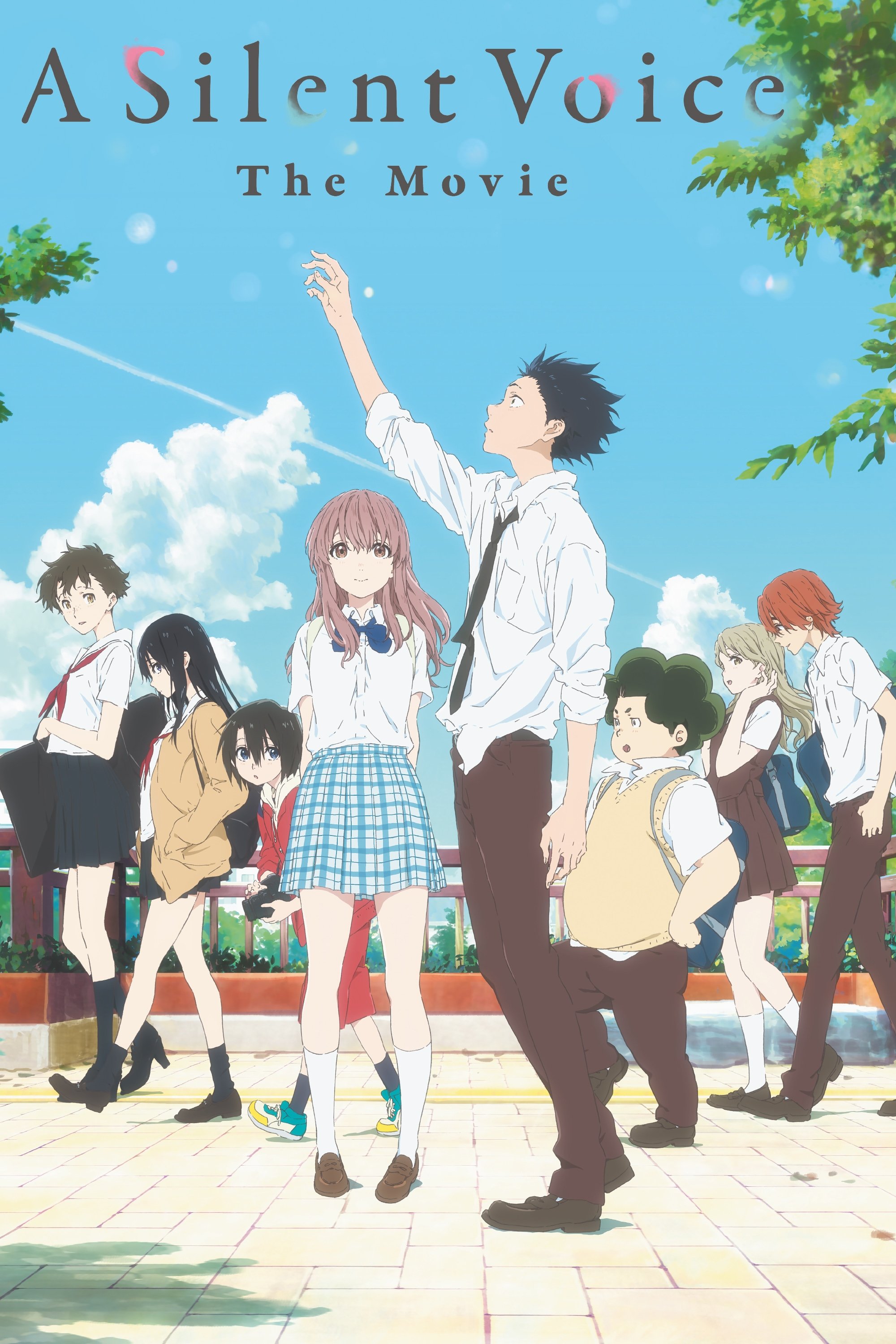 Kyoto Animation
Kyoto AnimationA former bully seeks forgiveness from a deaf classmate. It covers sign language communication and social withdrawal. Scenes show how stigma follows both victim and aggressor. The story includes suicide ideation and community response.
‘To Your Eternity’ (2021–)
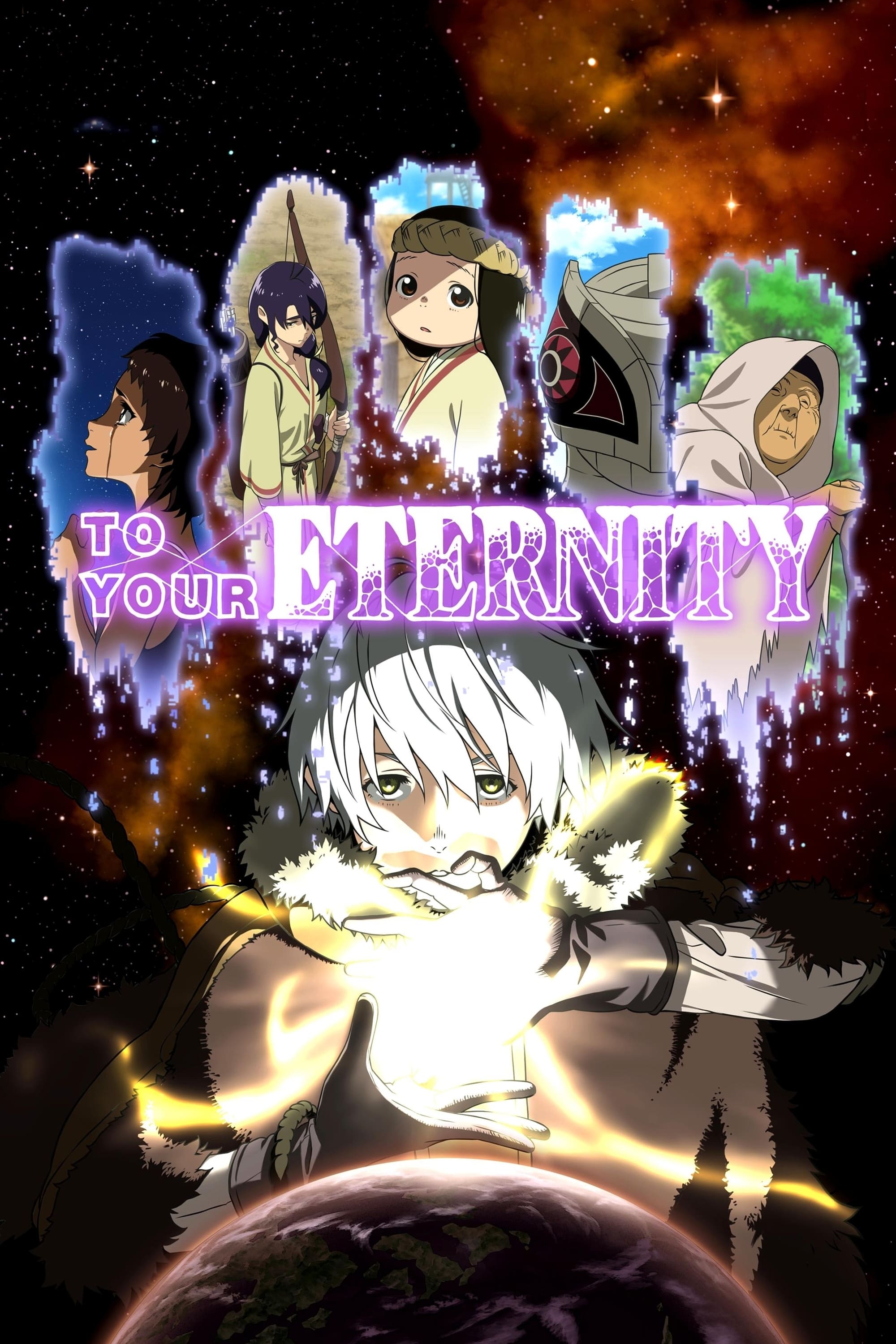 Brain's Base
Brain's BaseAn immortal entity learns humanity through loss. Arcs follow temporary families that always end. The show studies identity through memory and body change. New settings introduce cultural beliefs about death and duty.
‘Cyberpunk: Edgerunners’ (2022)
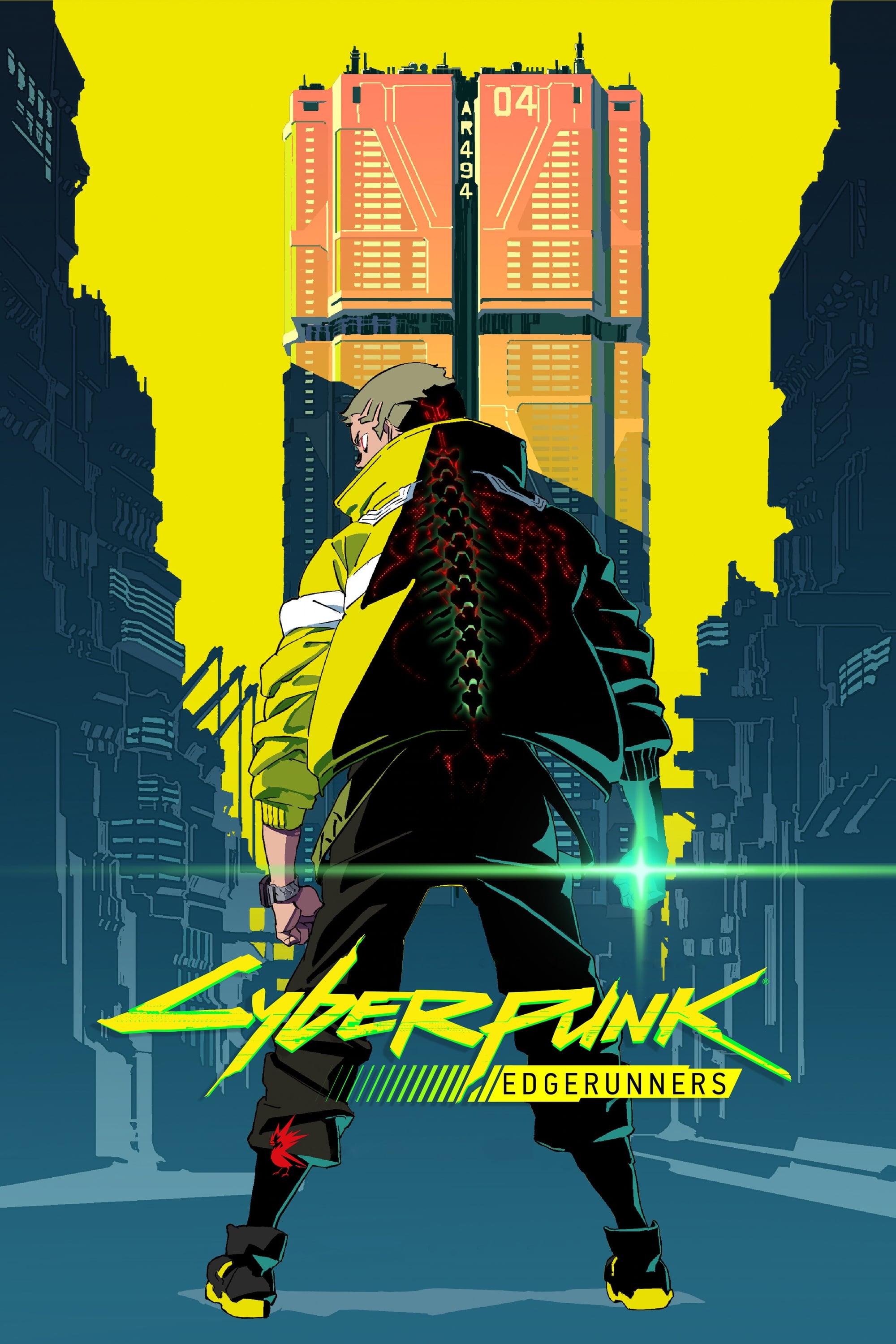 TRIGGER
TRIGGERA student enters the black market of cyberware to survive. Corporate power and street gangs define access to medicine and work. The plot tracks cyberpsychosis and the erosion of self. City design and implants show wealth gaps at every corner.
‘Erased’ (2016)
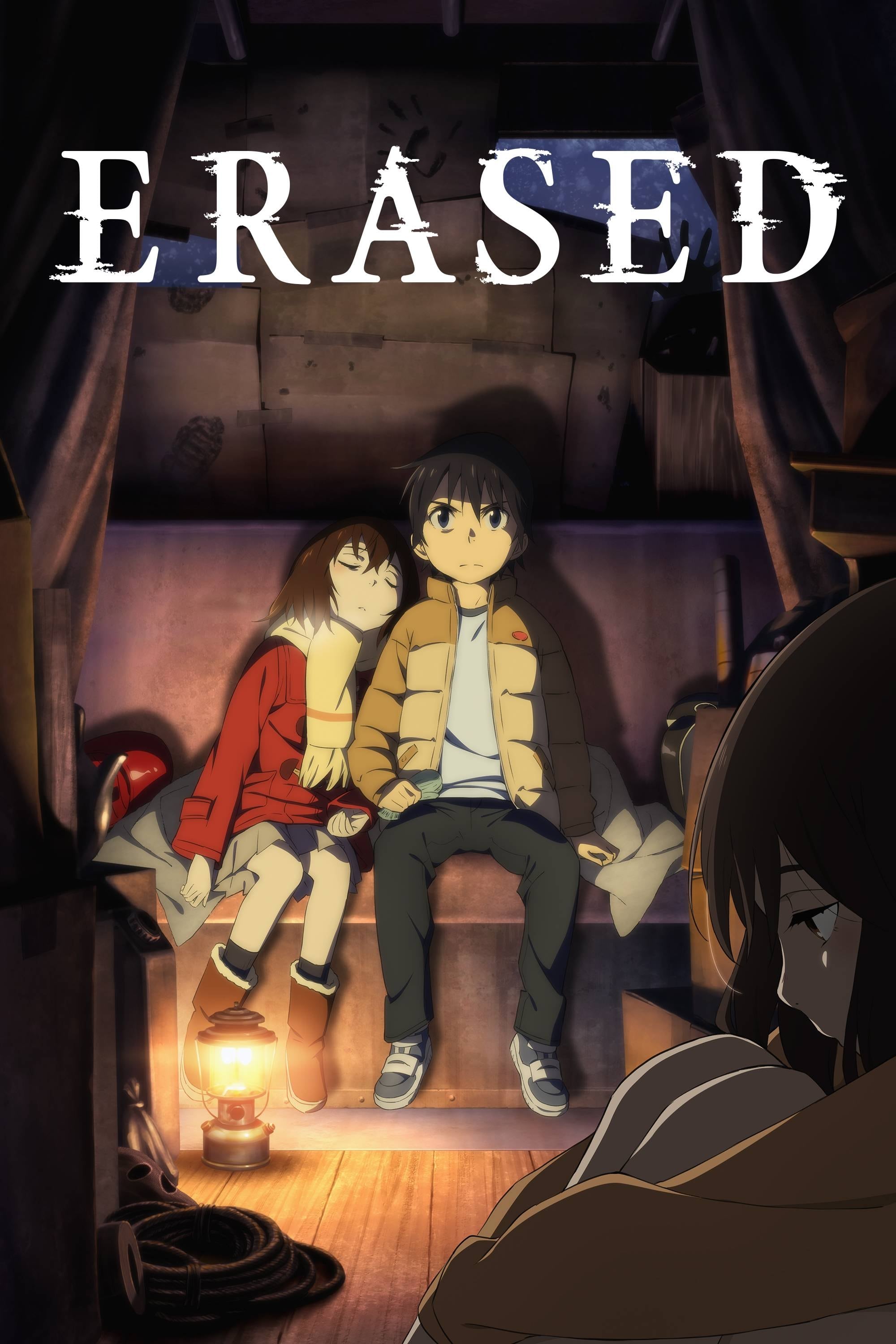 A-1 Pictures
A-1 PicturesA man relives his childhood to stop a kidnapping and murder. Time leaps follow a strict cause and effect logic. Police procedures and school records provide key clues. Child abuse and neglect drive the central mystery.
‘Psycho-Pass’ (2012–2013)
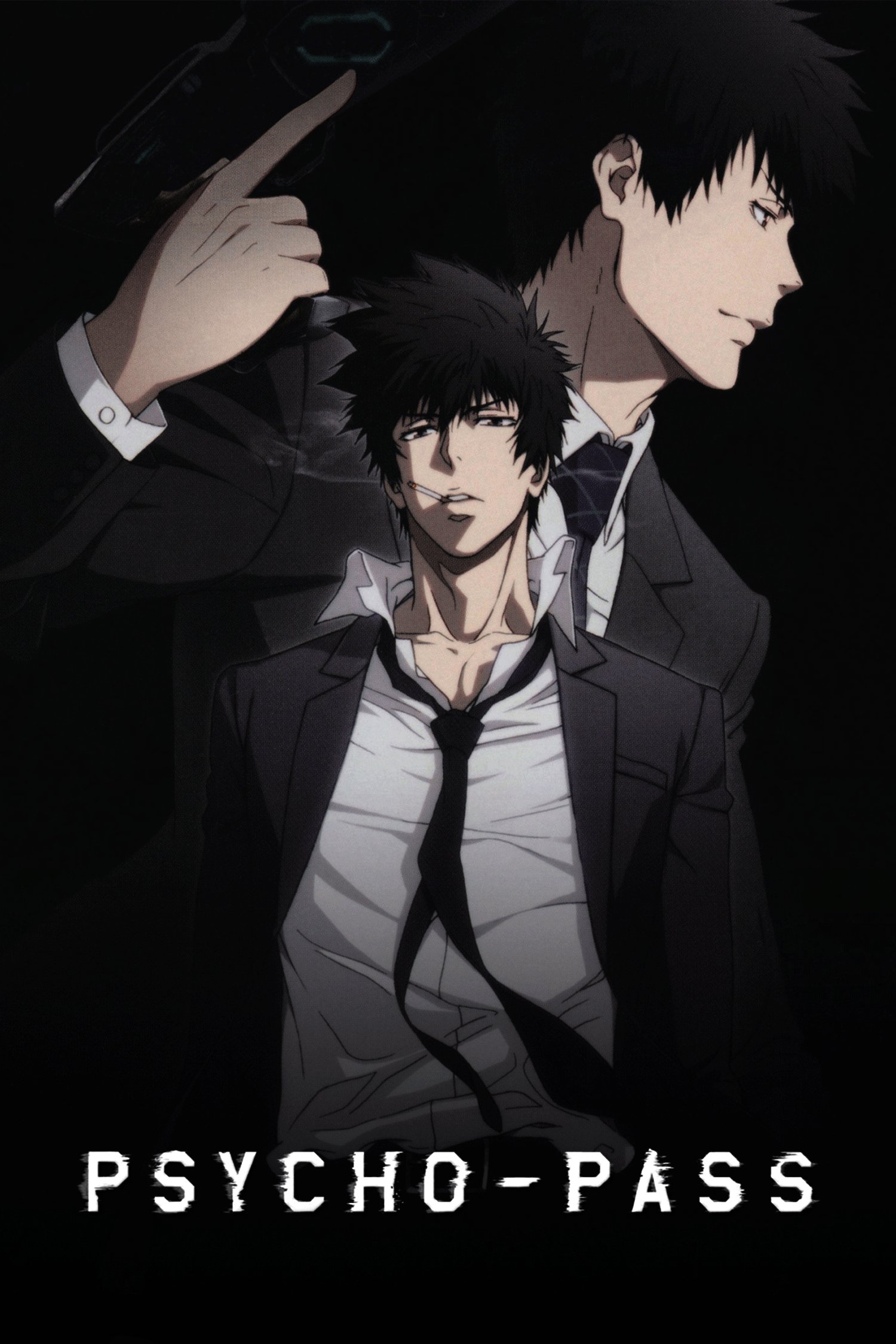 Production I.G
Production I.GA surveillance system predicts criminal intent with numerical scores. Inspectors and enforcers carry weapons keyed to those values. Cases reveal bias, measurement drift, and governance trade offs. The show questions consent in data driven policing.
‘Oshi no Ko’ (2023–)
 Doga Kobo
Doga KoboAn idol’s secret family becomes public through violent events. The series documents talent agency contracts, social media harassment, and work quotas. It tracks revenge through entertainment industry networks. Real production schedules and online trends appear in plot points.
‘Violet Evergarden’ (2018)
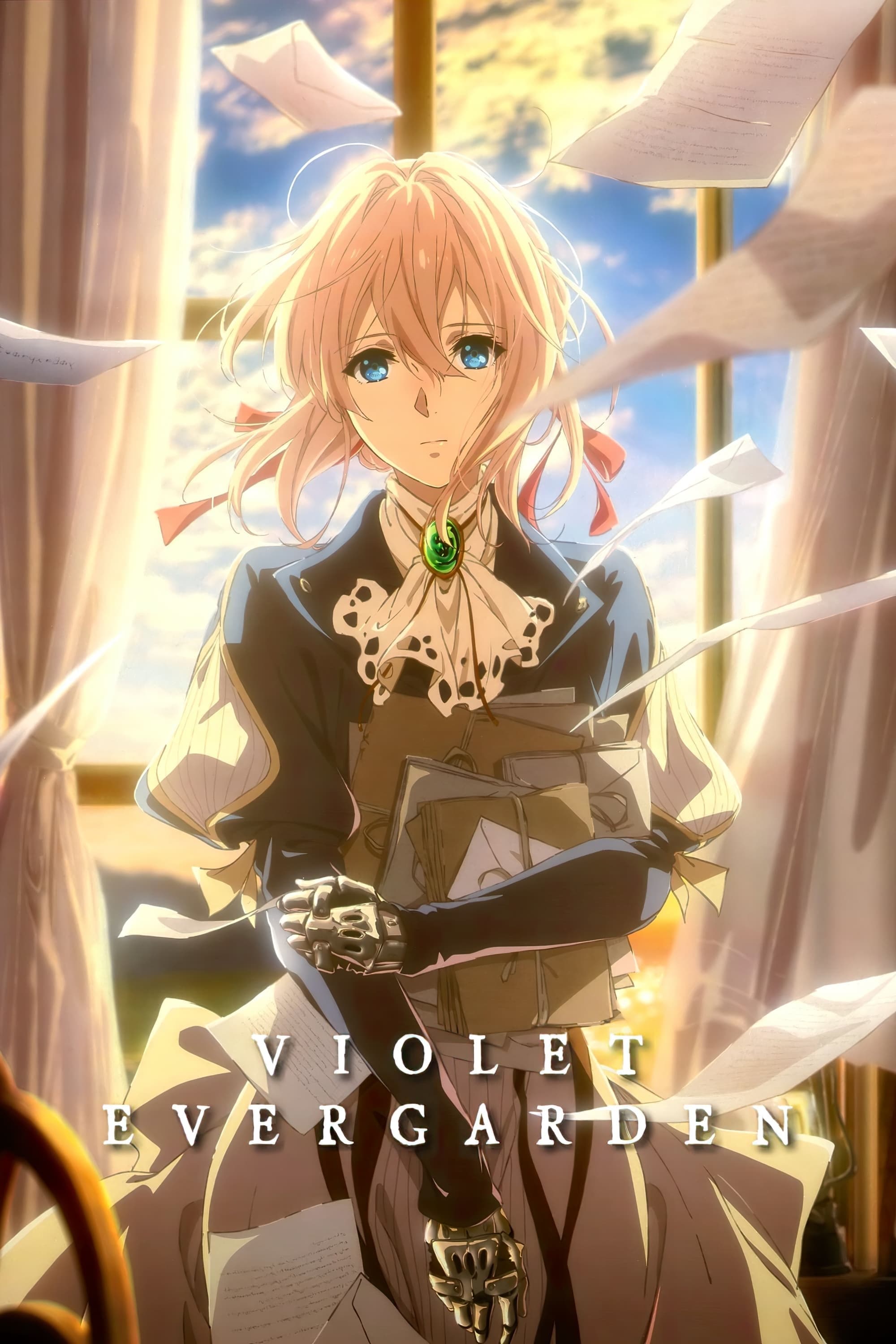 Kyoto Animation
Kyoto AnimationA former child soldier writes letters for clients to learn empathy. Episodes cover war widows, orphans, and estranged families. The show studies trauma therapy and literacy as bridges to healing. Postal routes and deadlines structure each assignment.
Share the titles that hit you the hardest in the comments and tell us which ones we should add next.

.jpeg)








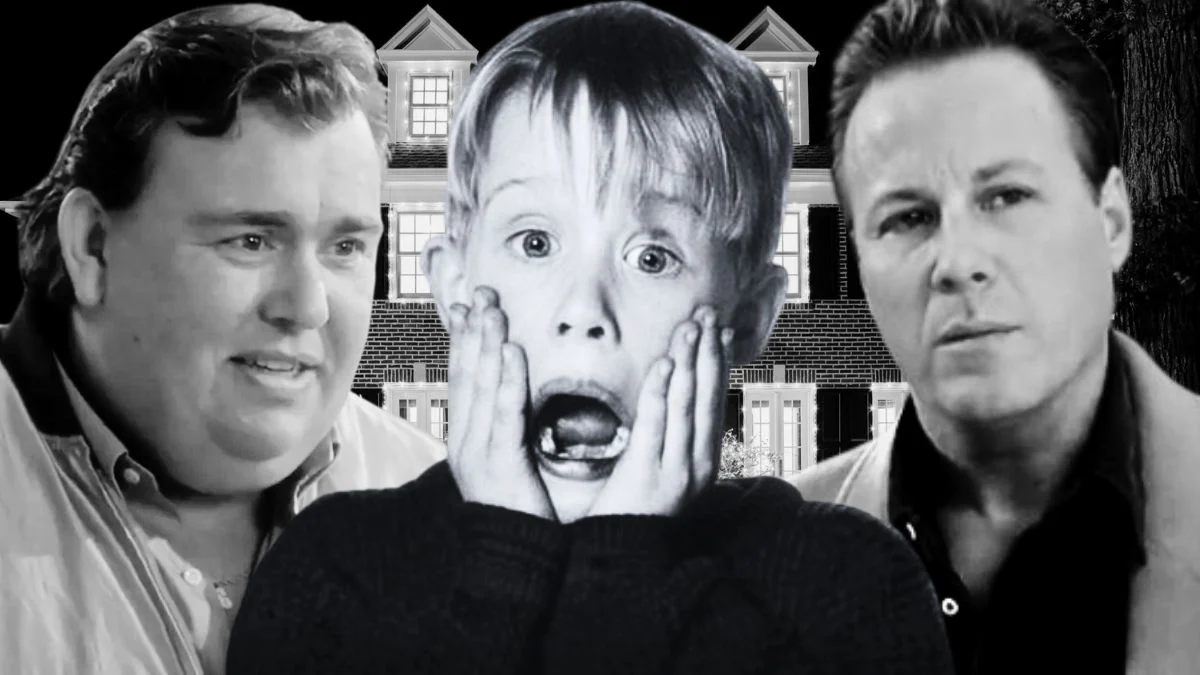

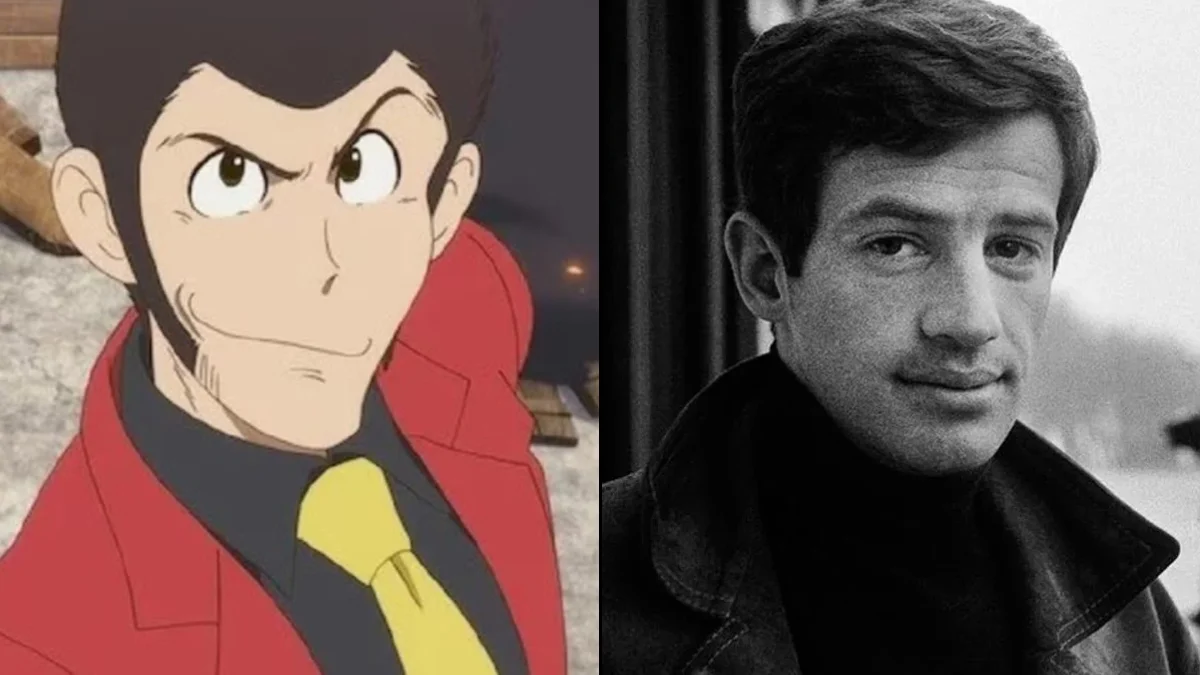
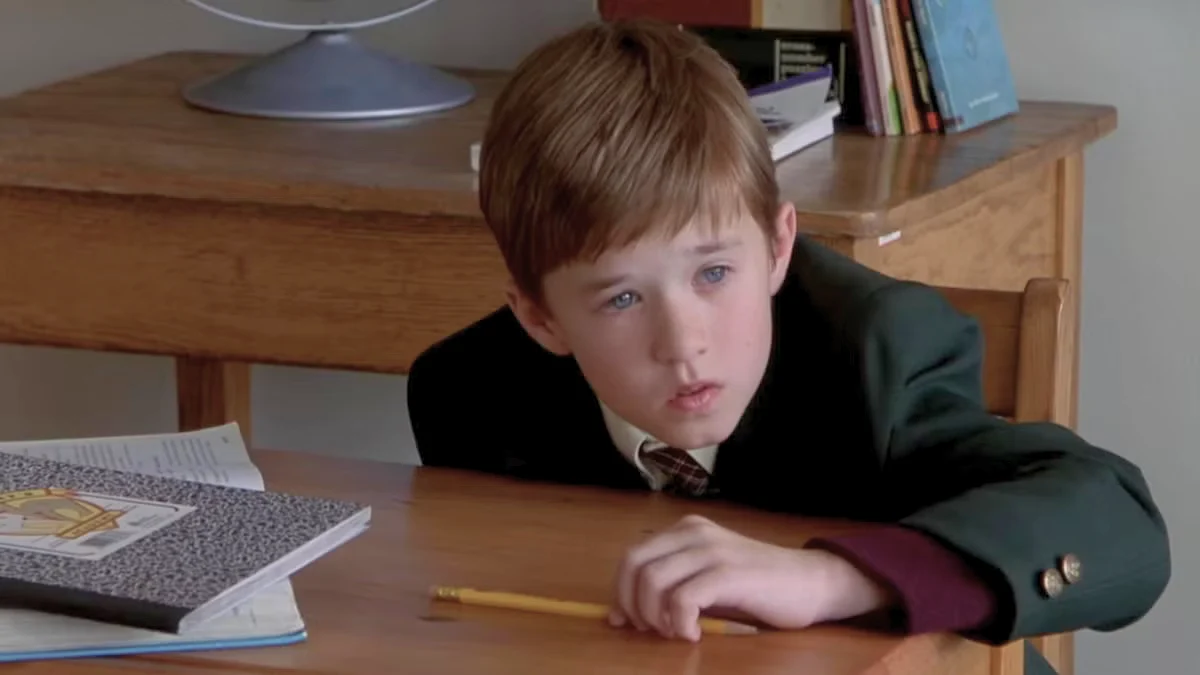

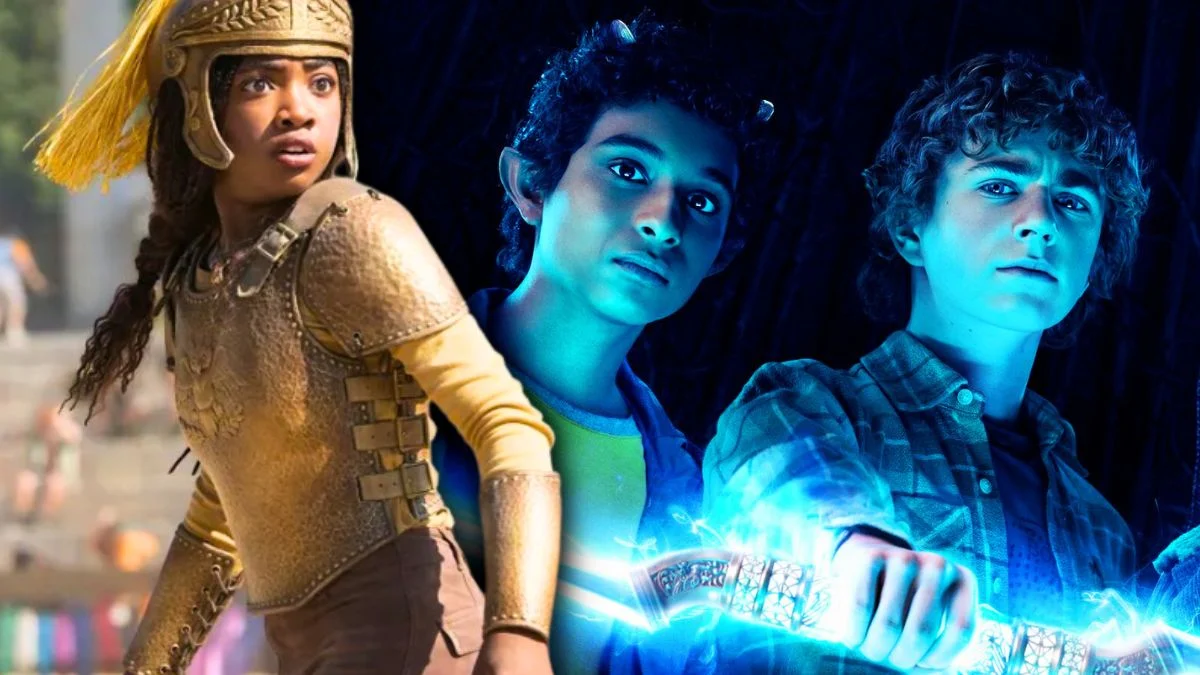
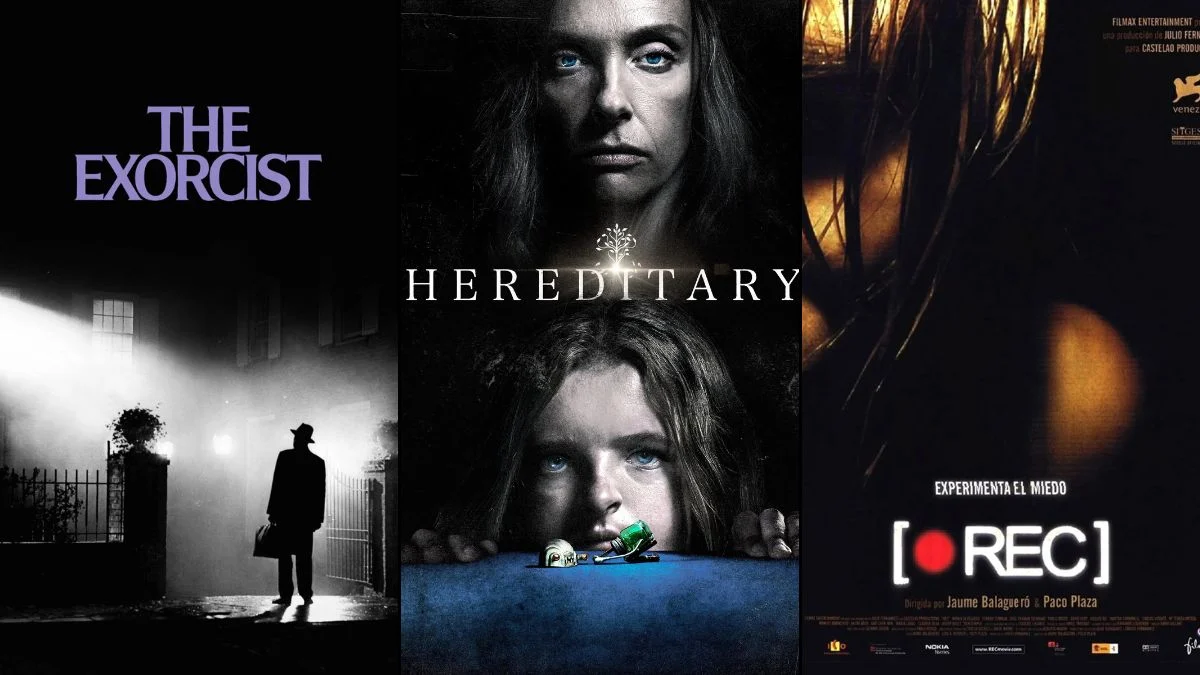

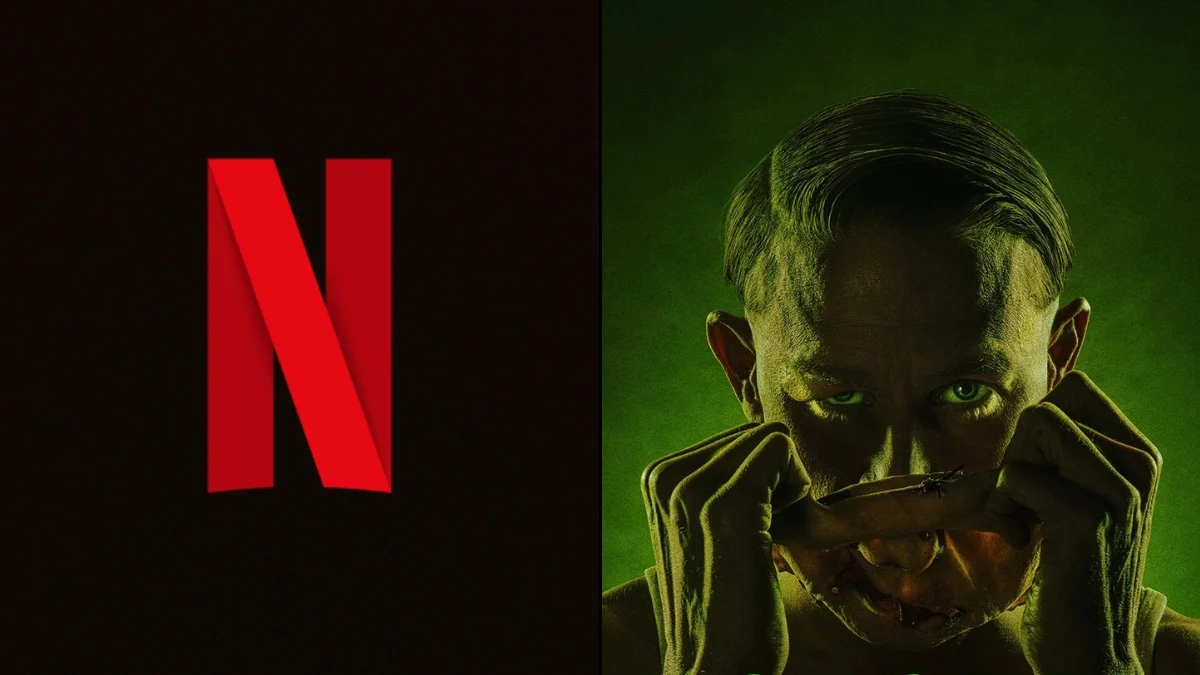
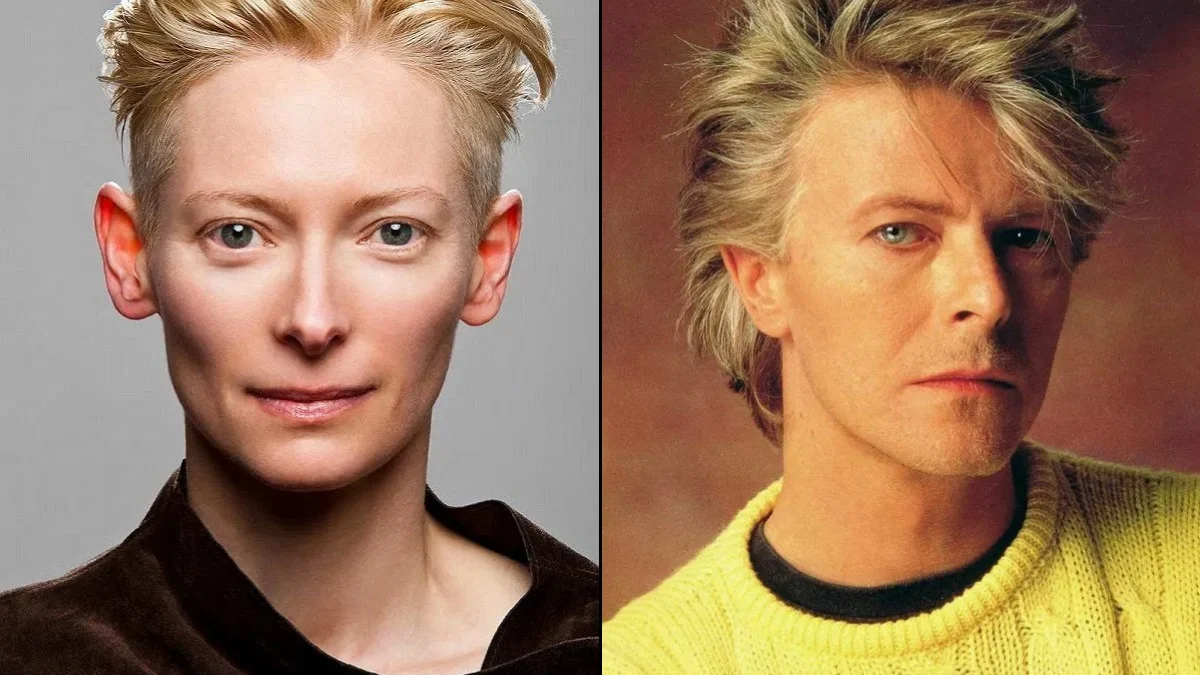
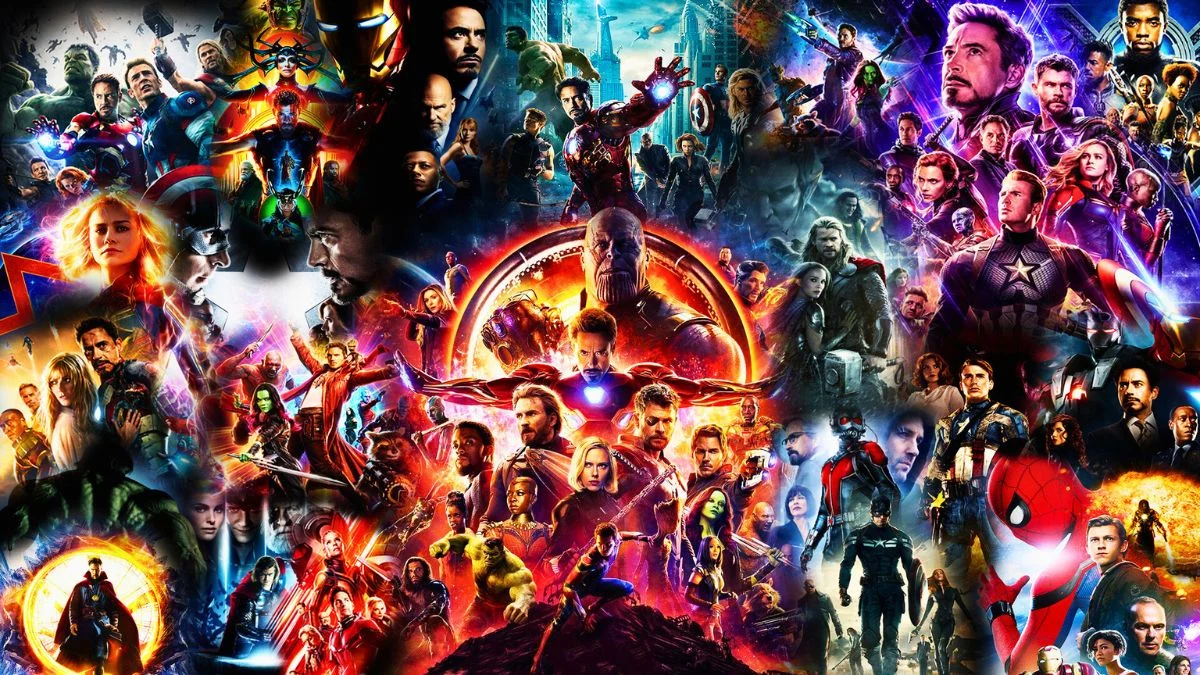
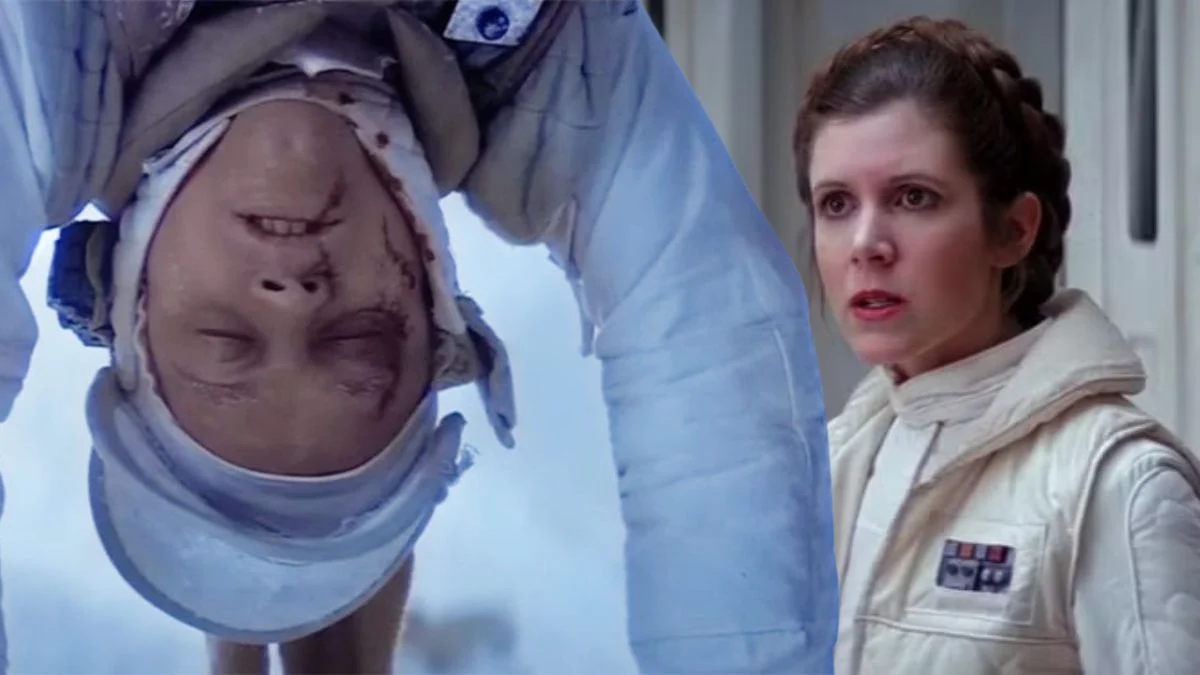



.jpeg)













 English (US) ·
English (US) ·